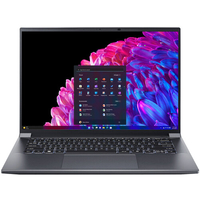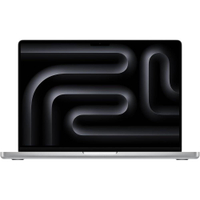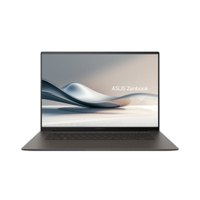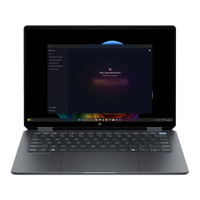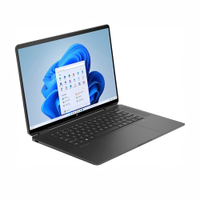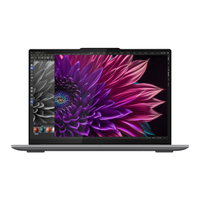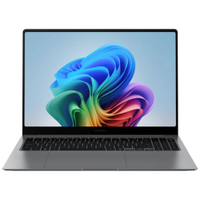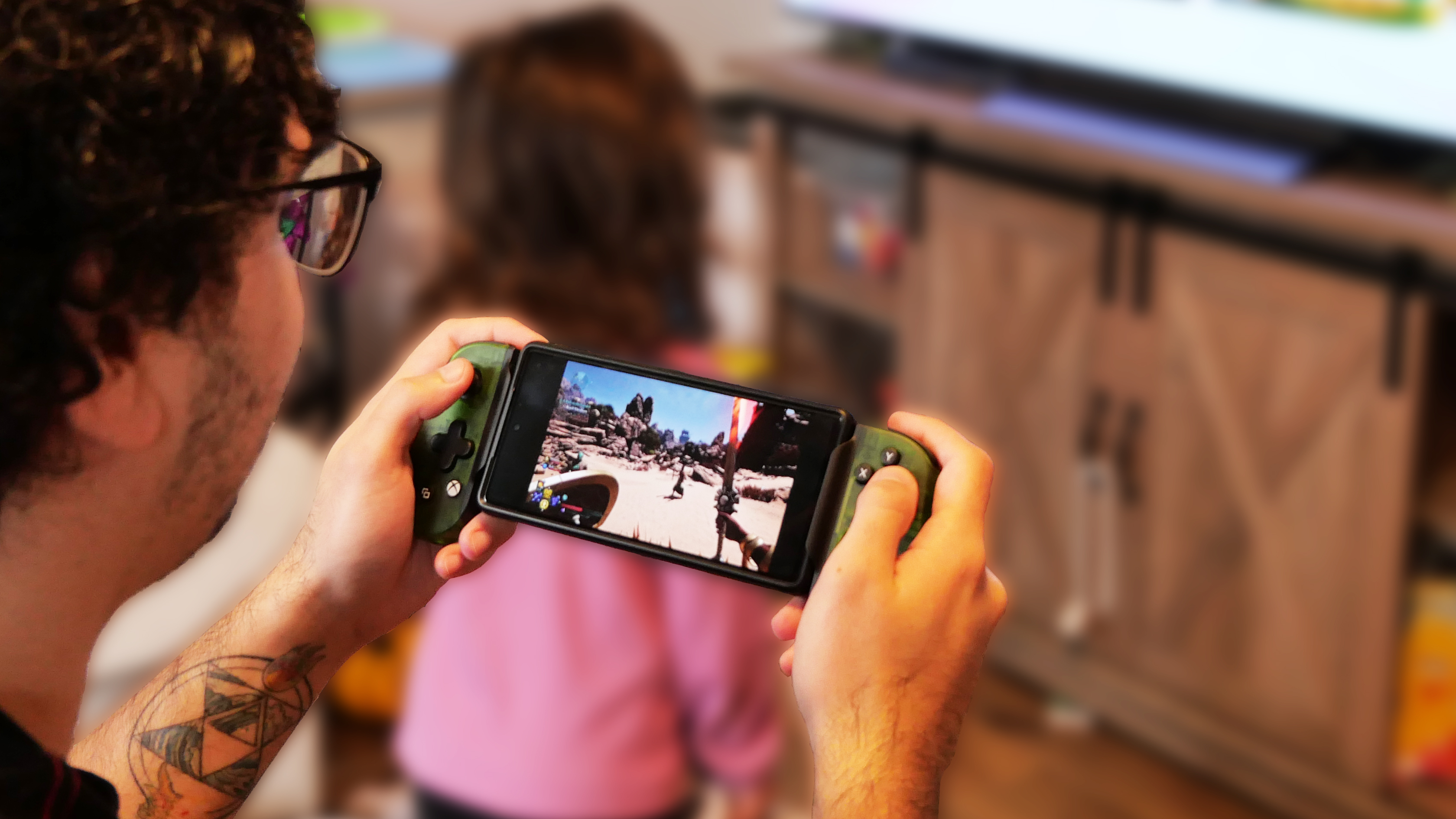The best 4K laptops in 2025: 6 top picks I recommend based on testing and reviews
The best 4K laptops with the brightest and most colorful screens
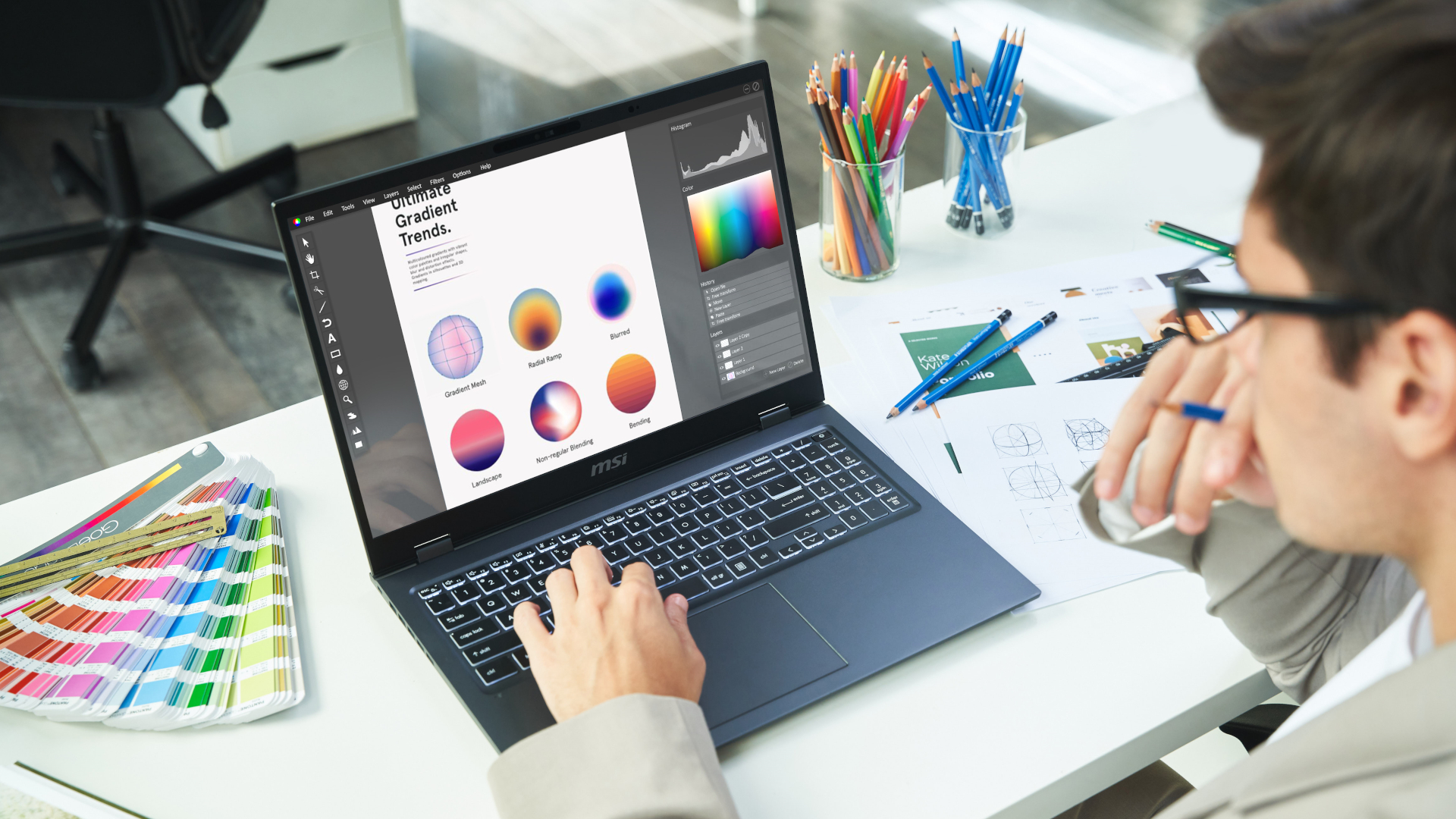
1. The list in brief
2. Best overall
3. Best gaming
4. Best for creators
5. Best workstation
6. Best 14-inch
7. Best almost 4K laptop
8. Benchmark comparisons
9. Recently reviewed
10. How to find the right laptop
11. FAQs
12. How we test laptops
13. Why trust Laptop Mag
The best 4K laptops are designed with graphic designers, video editors, animators, and sticklers for color accuracy in mind. Laptop Mag has spent hundreds of hours testing and reviewing 4K laptops that can produce the color palettes you crave.
These laptops have four times the number of pixels as a laptop with a 1080p (HD) display, they're much better at capturing the finer details of an image, so it appears clearer and more dramatic. They also have great color accuracy.
We measure this metric along the DCI-P3 color gamut, the color space used in professional digital cinema. It's 25% wider than the more common sRGB color space, capturing more color variations. As a general guideline, almost anything on a 4K laptop display will appear colorful and vibrant if it covers at least 85% of the DCI-P3 gamut.
My top picks include the MSI Prestige 16 AI Evo for its strong processing performance, long battery life, and vibrant, color-accurate 4K display. For power and portability, there's the Asus ProArt P16. Looking for a desktop replacement? Check out the MSI Titan 18 HX.
Not sure if you need a 4K display? Check out Laptop Mag's guides for the best video editing laptops, best laptops for graphic design, or best gaming laptops.
This page is constantly updated based on our latest reviews to reflect Laptop Mag's current picks for the best 4K laptops in 2025.
The Quick List
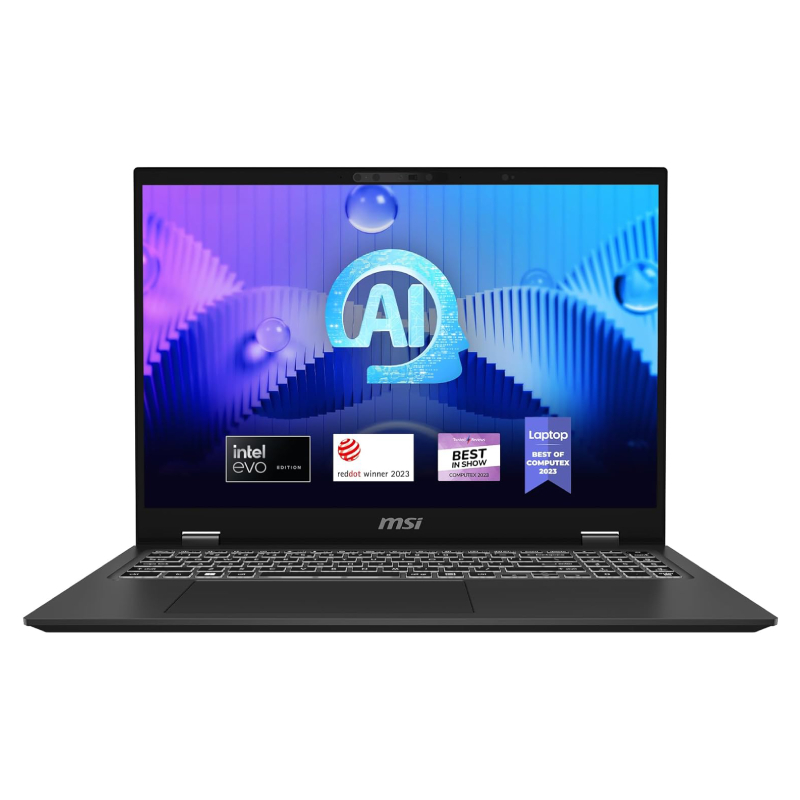
Best overall
This all-around powerhouse comes equipped with an Intel Core Ultra 7 155H, 32GB of RAM, a 1TB SSD, a 16-inch 4K OLED display — and it gets over 13 hours of battery life.
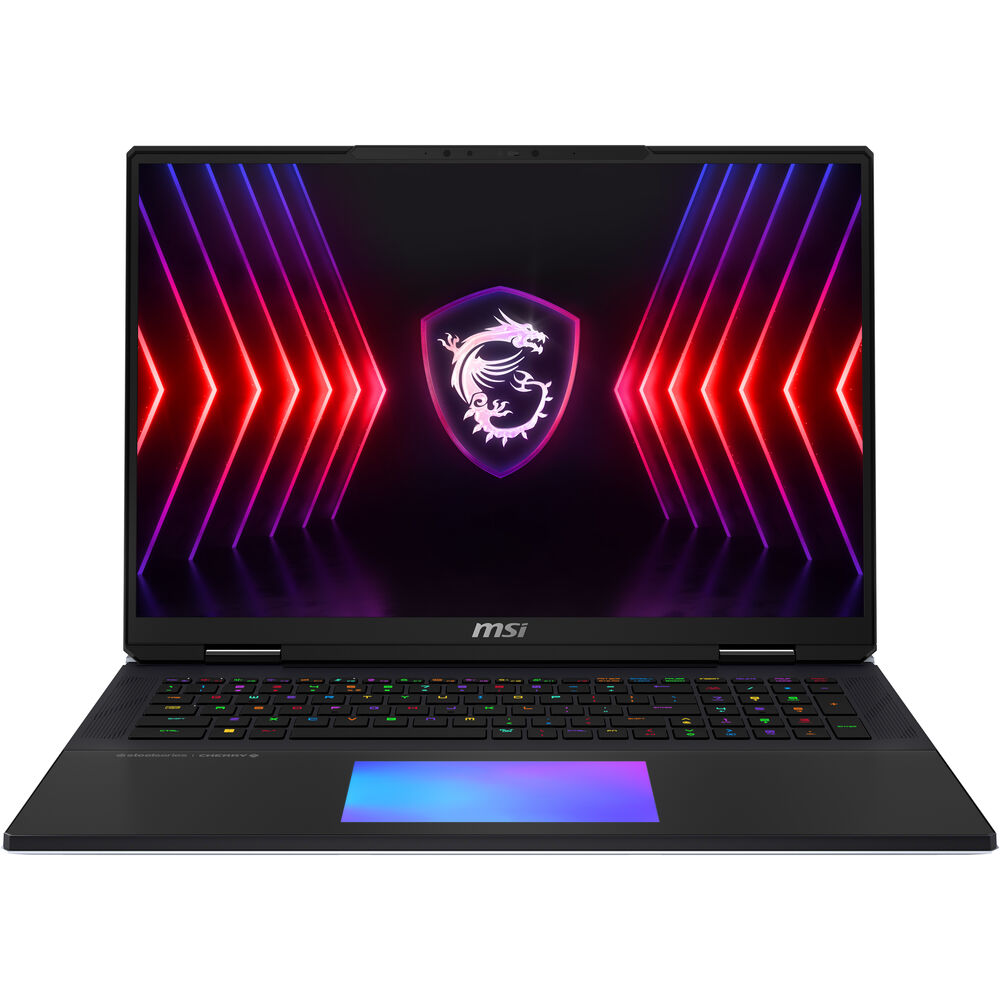
Best gaming
Fully loaded with a 14th-gen Intel processor, Nvidia RTX 4090 GPU, 128GB of RAM, and 4TB of storage space, this pricy laptop was made for the professional creative or engineer who is also a PC gamer.
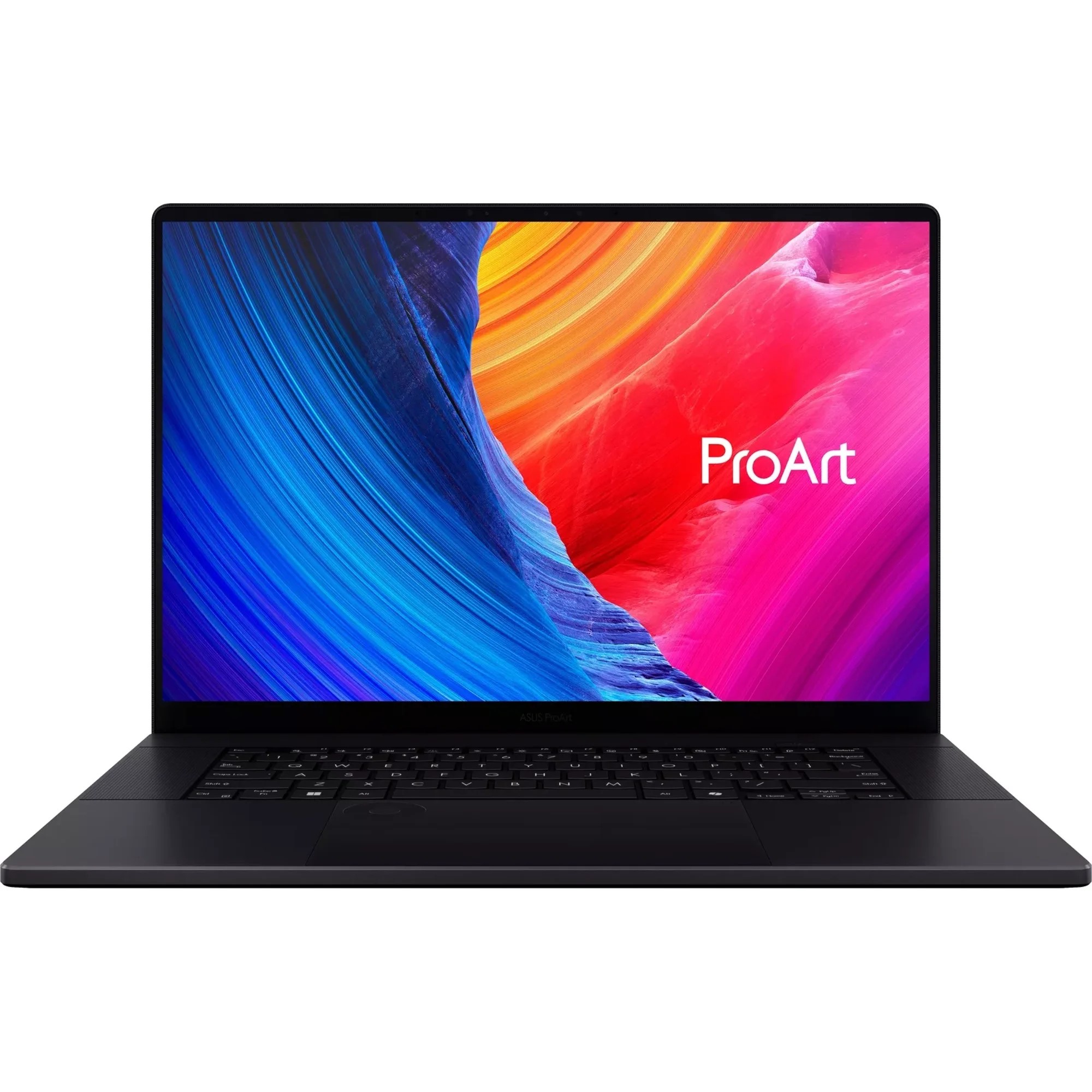
Best for creators
Powered by an AMD Ryzen AI 9 HX 370 processor and an Nvidia RTX 4070 GPU, this laptop is as punchy as a MacBook Pro at a sub-MacBook Pro price.
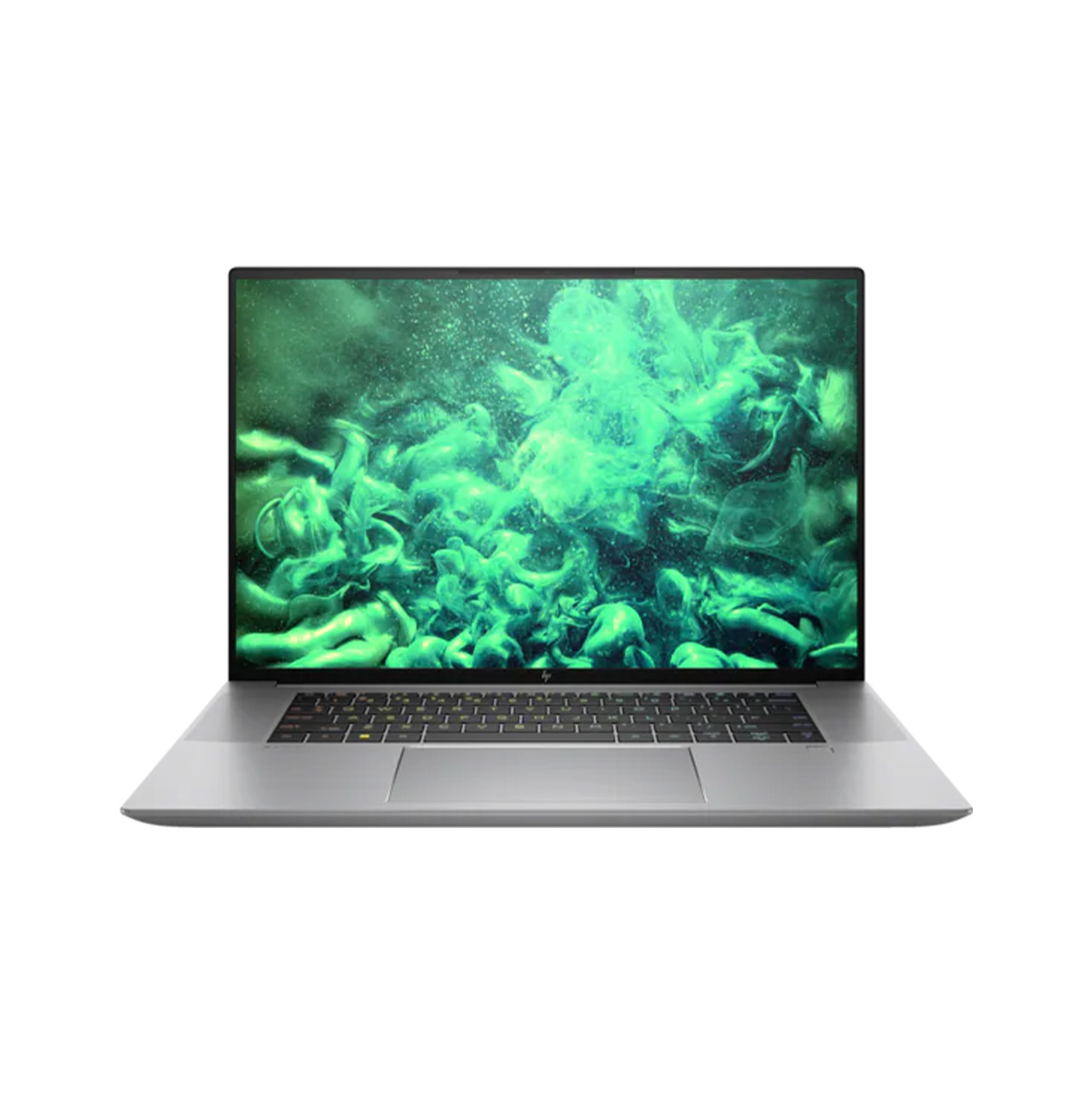
Best workstation
For engineers, data analysts, and 3D designers or animators, this laptop features an Nvidia RTX 4000 Ada Generation graphics card for more stable workloads rather than blazing-speed (although it's still fast).
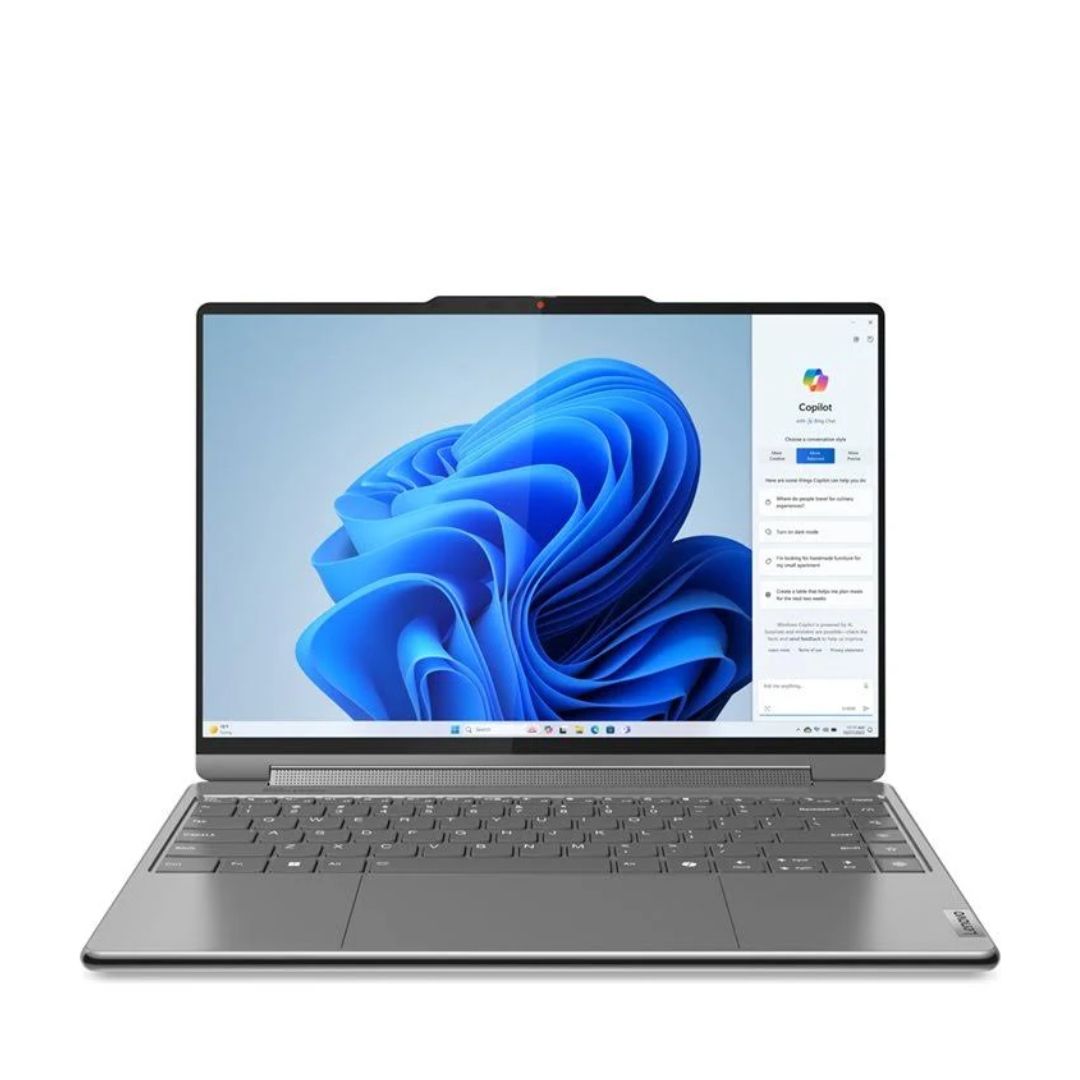
Best 14-inch
This laptop has a incredibly color-accurate display and is the most portable option on this list — a great option for visual artists who need to work while traveling.
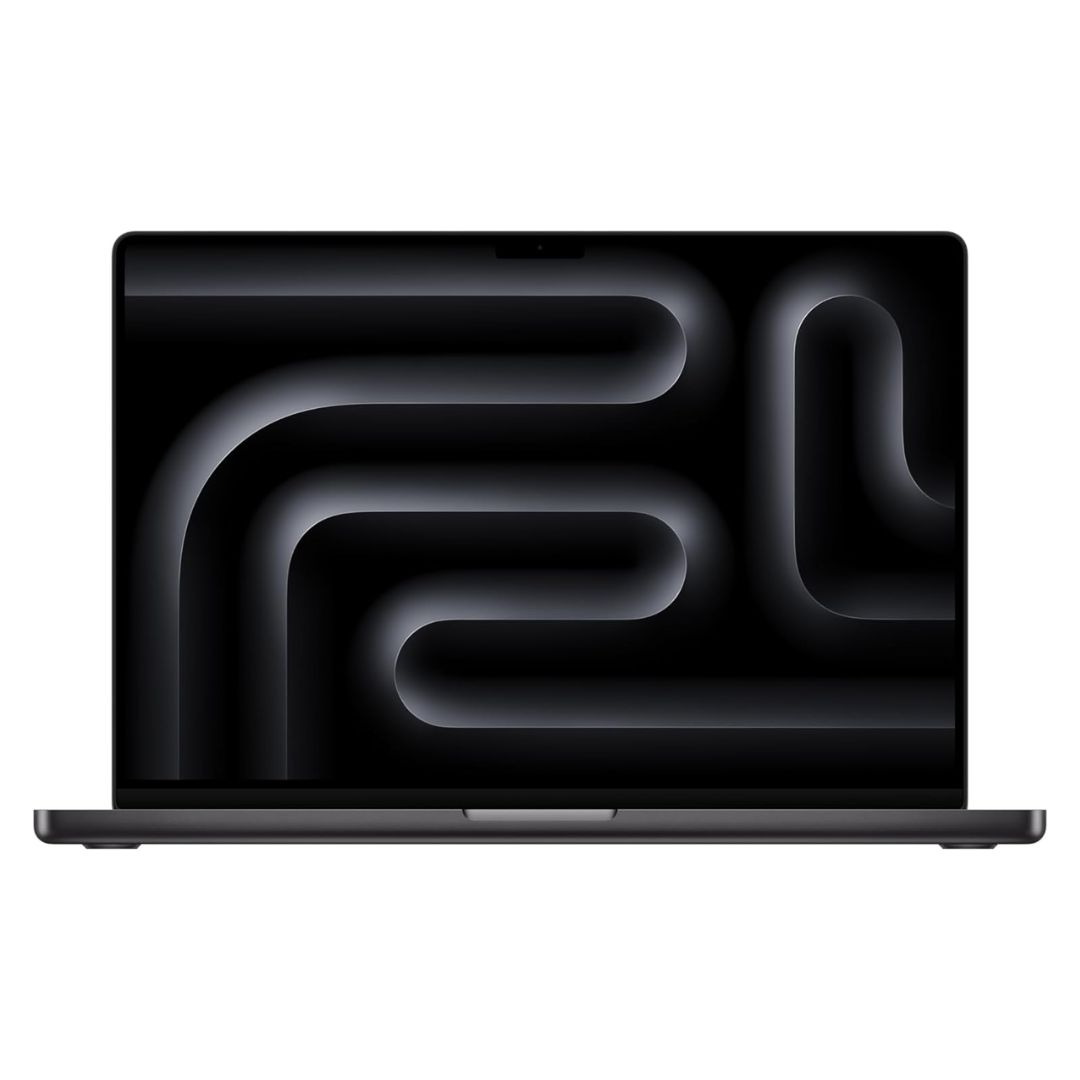
Best almost 4K laptop
Apple's latest MacBook Pro is a fantastic combination of performance and long battery life alongside a bright and vivid display. It's the best "do-it-all" laptop for the Mac-devout.

Joanna Nelius has reviewed laptops and computer hardware since 2018. Her writing has appeared in The Verge, USA Today, Gizmodo, PC Gamer, and Maximum PC. She holds an MFA from Chapman University and works as a creative writing instructor.
Best overall
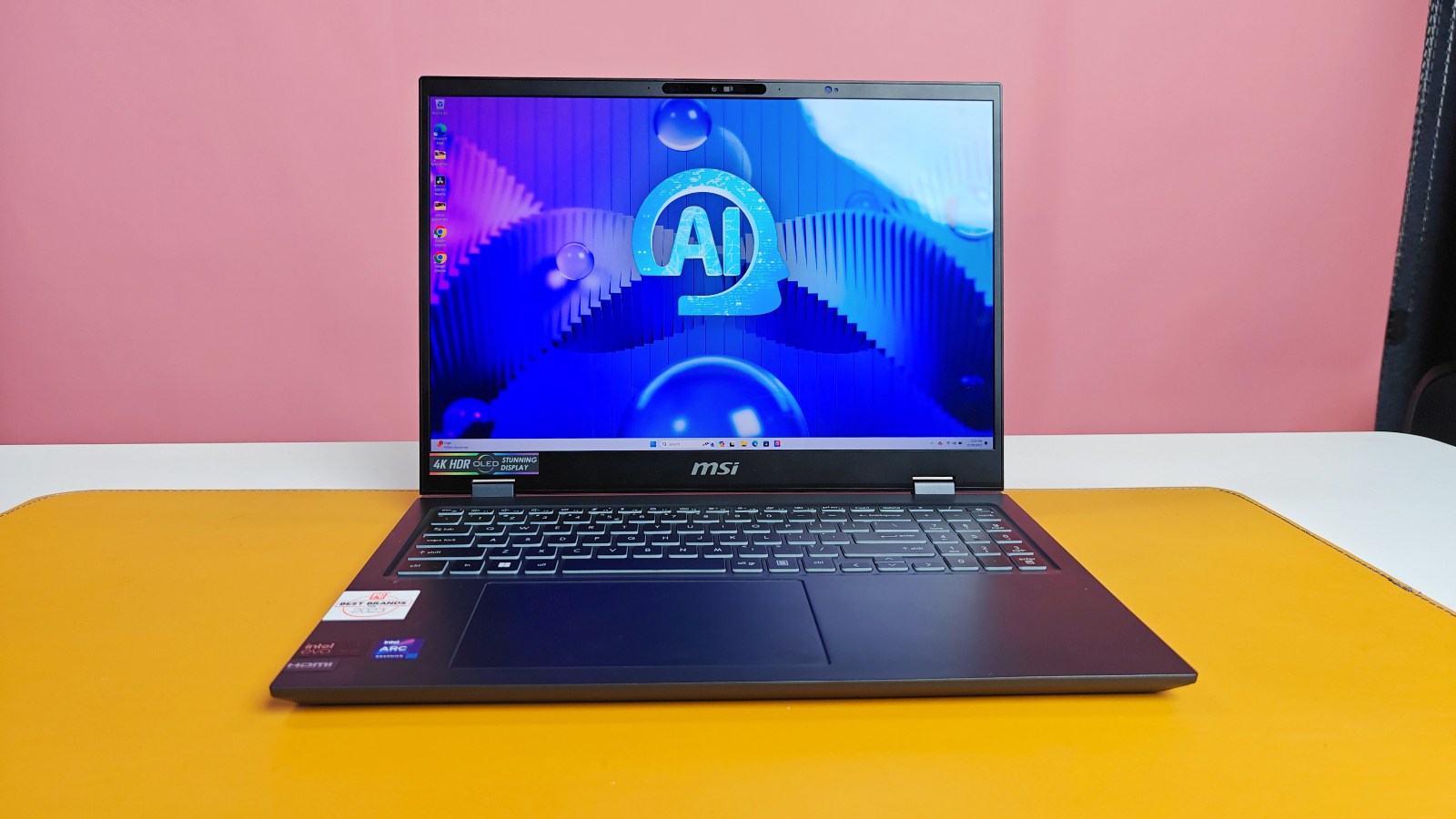
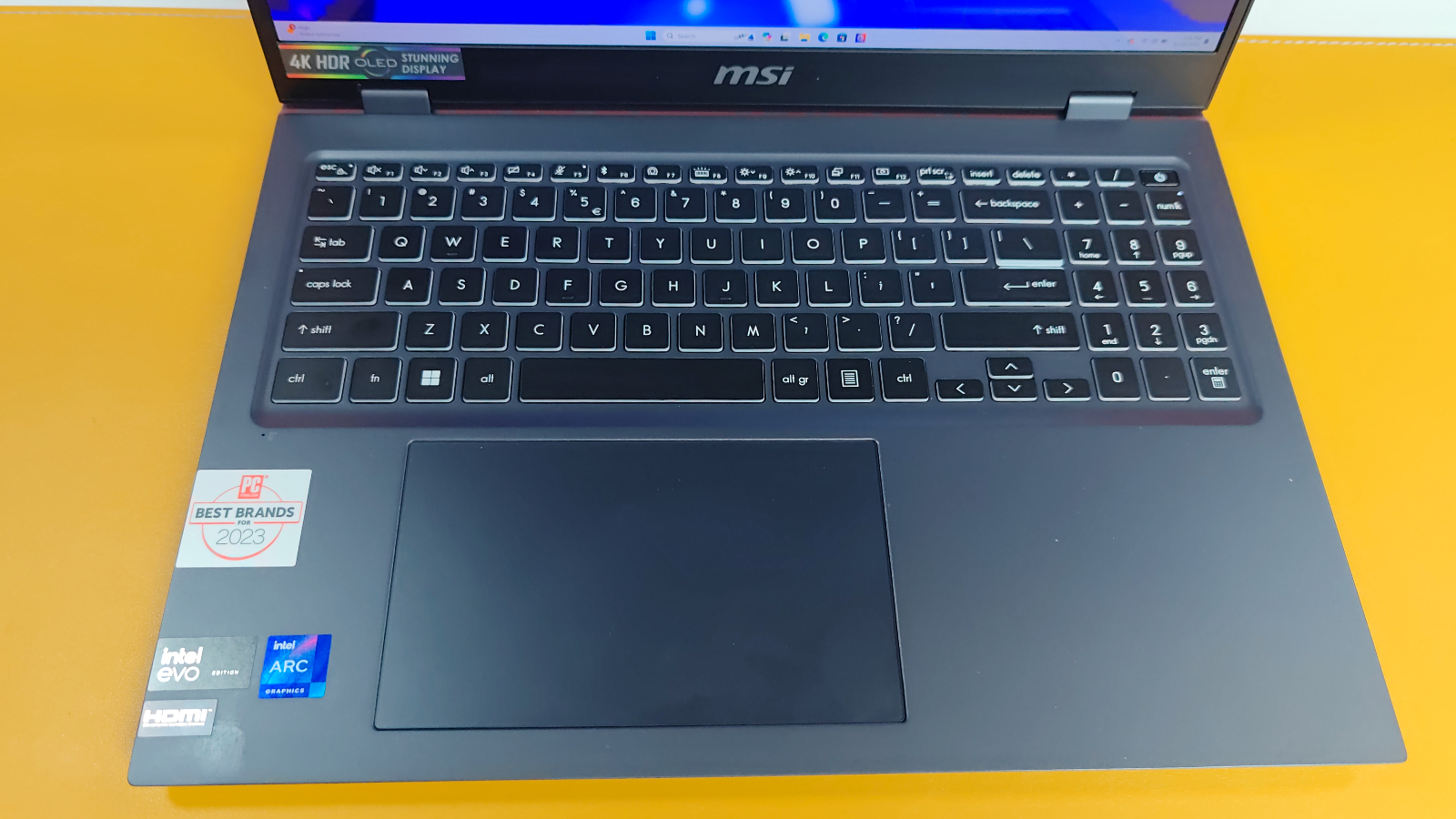
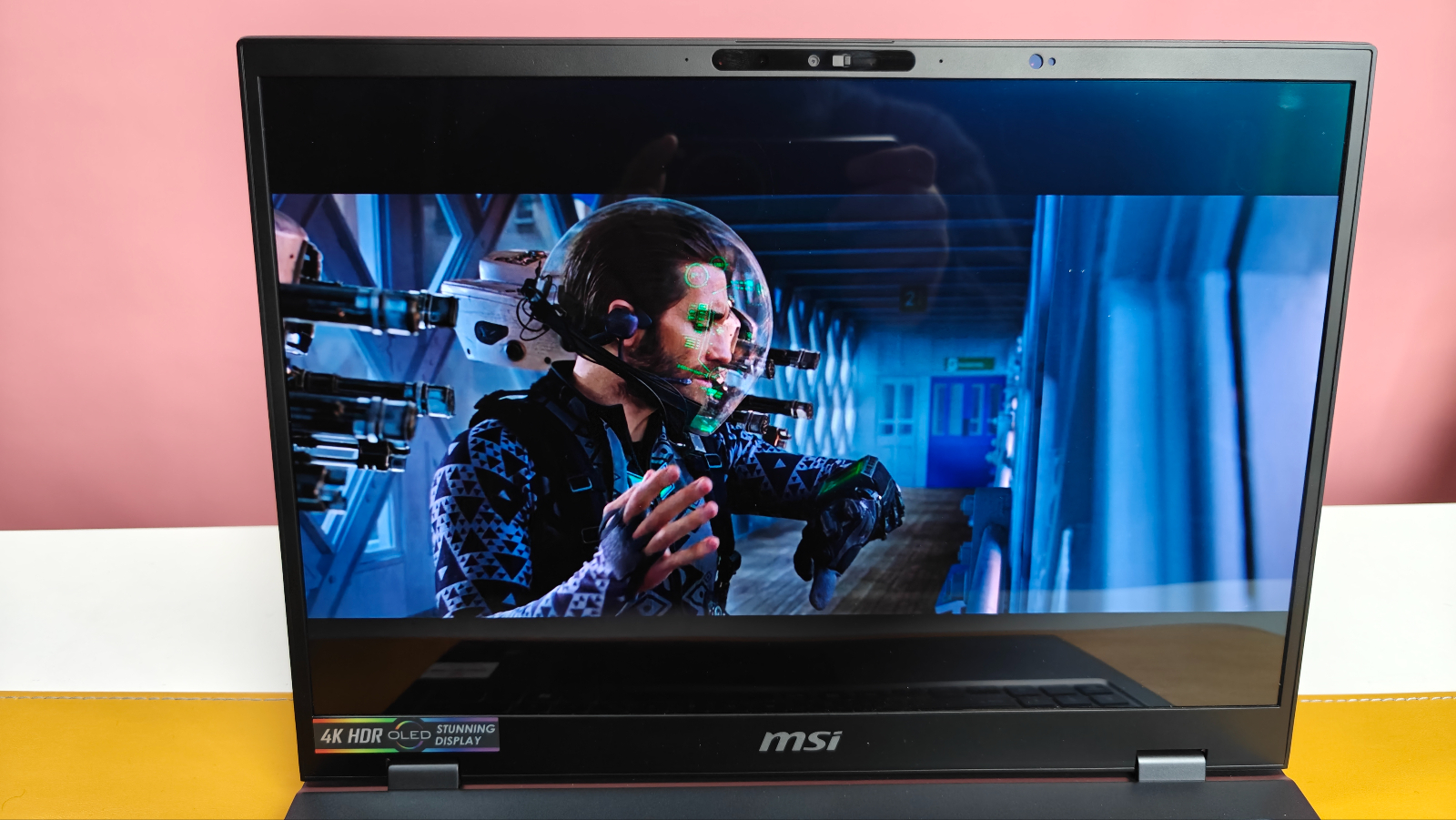

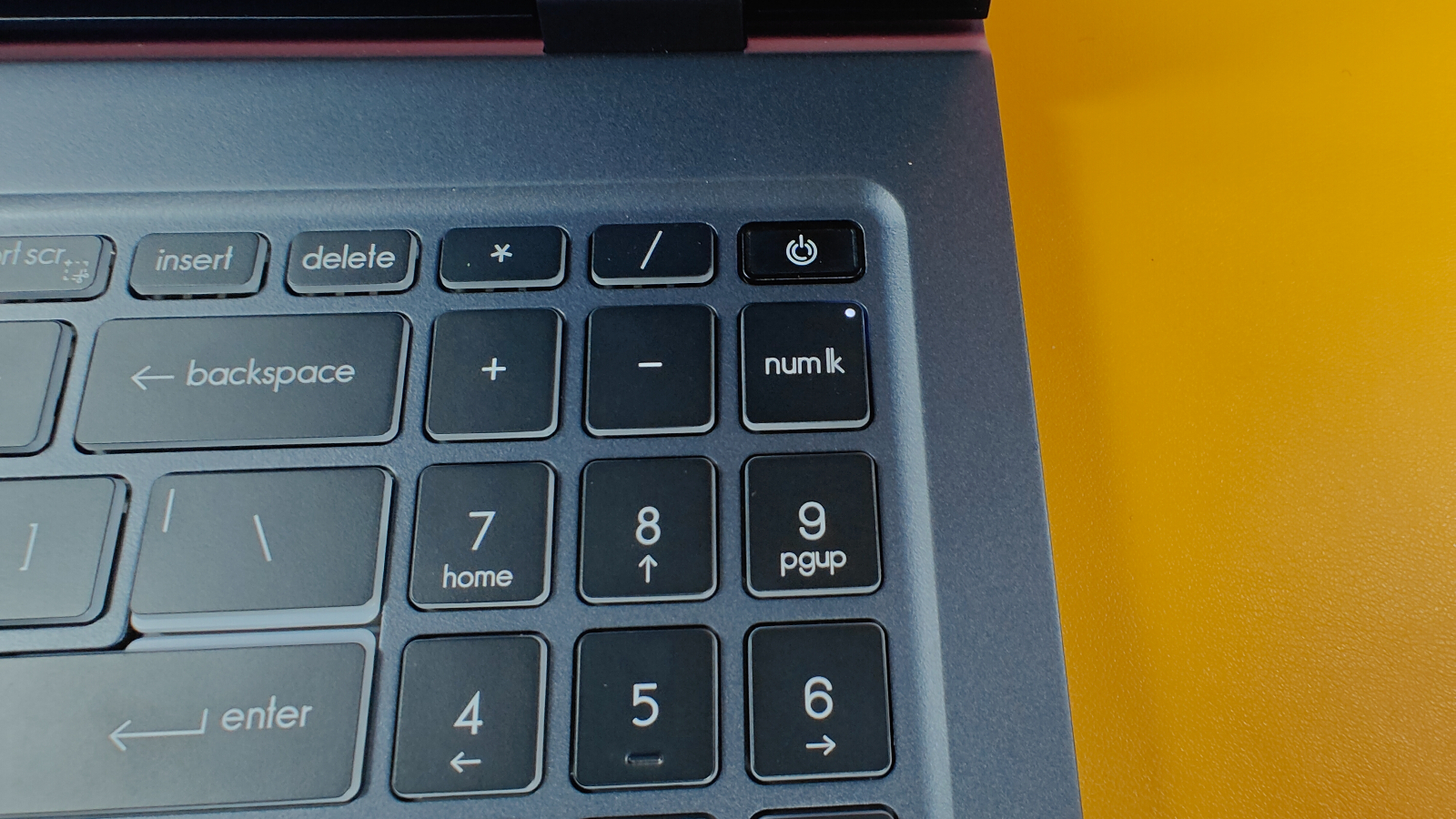
Specifications
Reasons to buy
Reasons to avoid
Along with a glorious 4K OLED display, MSI's Prestige 16 AI Evo has a fantastic balance of performance, battery life, and portability.
✔️ You're looking for a great value. Even for an "older" machine what it offers is still impressive, even up against newer laptops.
✔️ You want a vibrant, OLED display. The Prestige's display is one of its best features. With a wide color gamut and a native 4K resolution, virtually anything you toss on its screen looks fantastic.
✖️ You want a faster processor. The Prestige's performance is well beyond the speed of a tortoise, but it does have a last-gen chip. There are newer laptops that exceed what this one can do.
✖️ You want extremely long battery life. This laptop surpasses 13 hours but it's becoming more common to find laptops that last between 15 and 20 hours on battery power.
This is the best laptop with a 4K display: period. It's performance hasn't lost its luster, even compared to Intel's new Lunar Lake chips. It still has one of the most color-rich and sharpest 4K OLED displays we've ever tested. Its battery life still fares well against its rivals. It's still one of the lightest 16-inch laptops we've tested in the last year — and I've seen it go for a couple hundred dollars less than when it originally released.
And it's still a MacBook (M2 and M3) challenger "PC laptop enthusiasts have longed for," as Mark Anthony Ramirez wrote is his review for Laptop Mag.
Performance-wise, this laptop still earns high marks for its multicore performance. In our Geekbench 6 test, the Prestige 16 AI Evo scored 13,310, higher than the mainstream laptop average of 10,435. Even with a last-gen chip, its Intel Core Ultra 7 155H has much faster multicore performance than Intel's current-gen laptop chips, Lunar Lake. The Core Ultra 7 258V in the Acer Swift 14 AI (11,009) I recently reviewed is 18% slower by comparison. (Ouch!)
The Prestige 16 AI Evo's 4K OLED display produces sharp, vibrant images and deep, inky black contrasts. It's no wonder the display is one of the best you'll find in a laptop. Is covers 137.9% of the DCI-P3 color gamut, well beyond the average mainstream laptop (81.5%).
It gets great battery life, too: 13 hours and 4 minutes, about 2 hours longer than the average mainstream laptop. It's not the longest we've tested, but its battery lasts longer than other thin and light 16-inch laptops.
See our full MSI Prestige 16 AI Evo review.
Best gaming
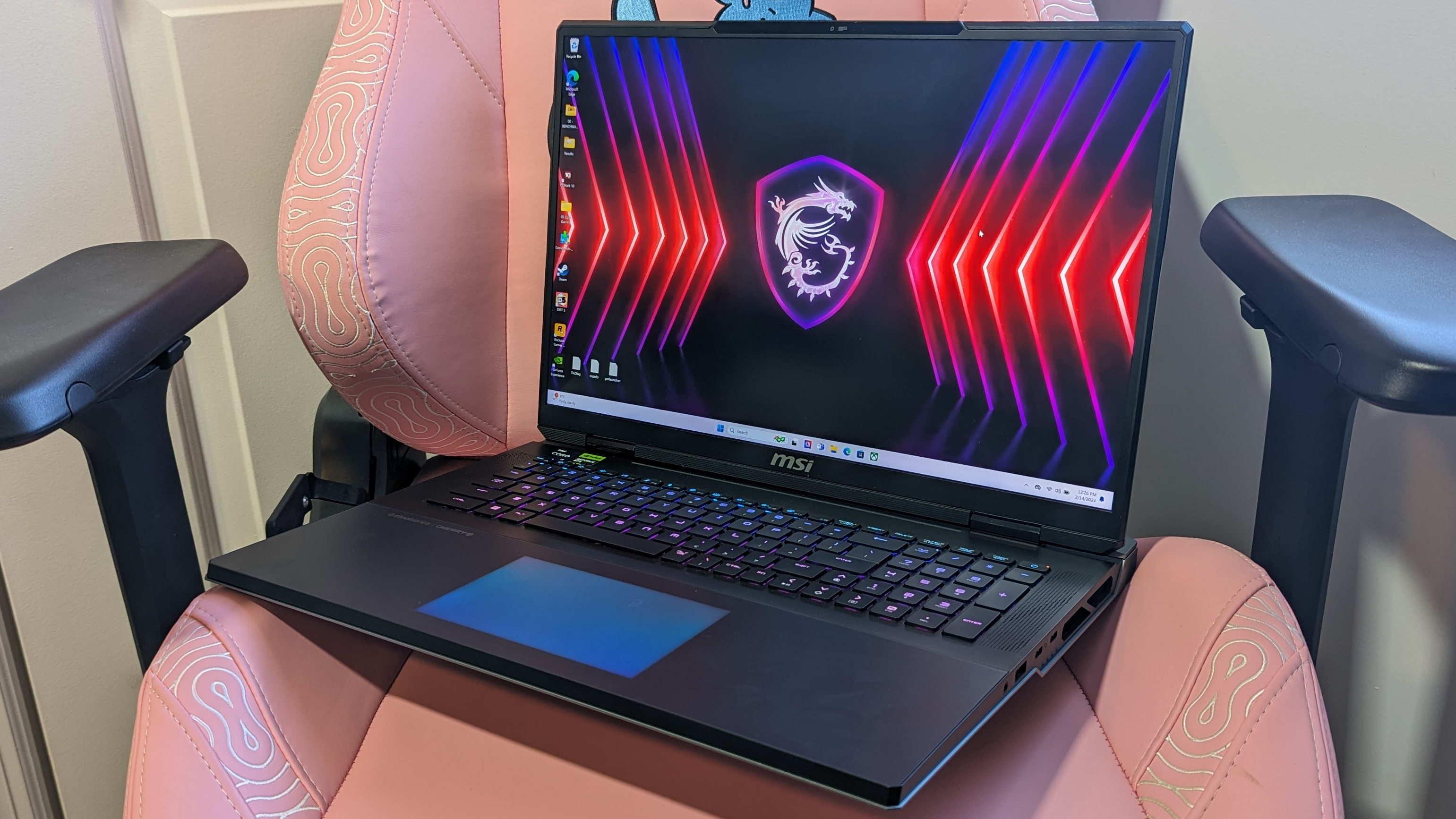
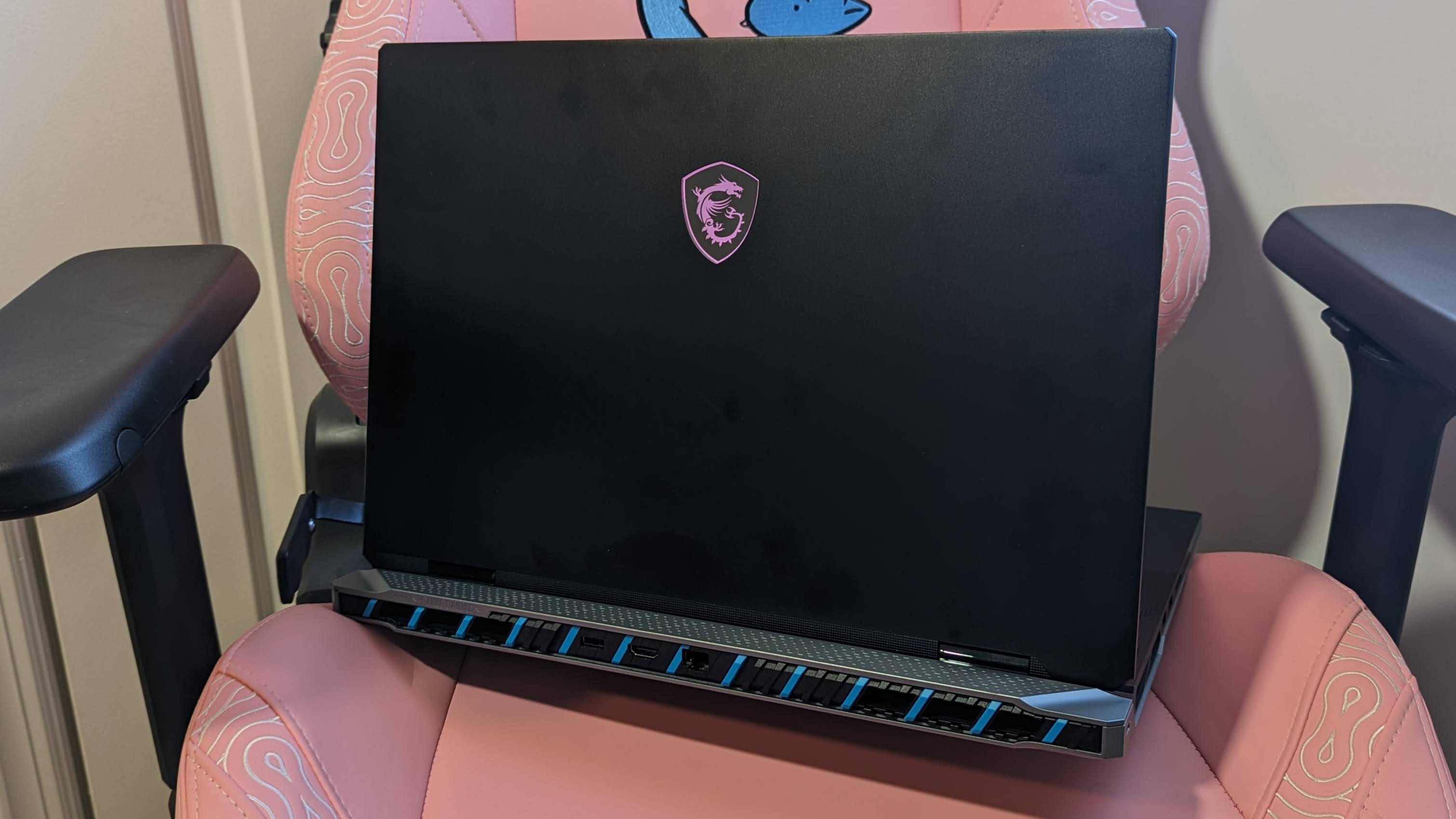
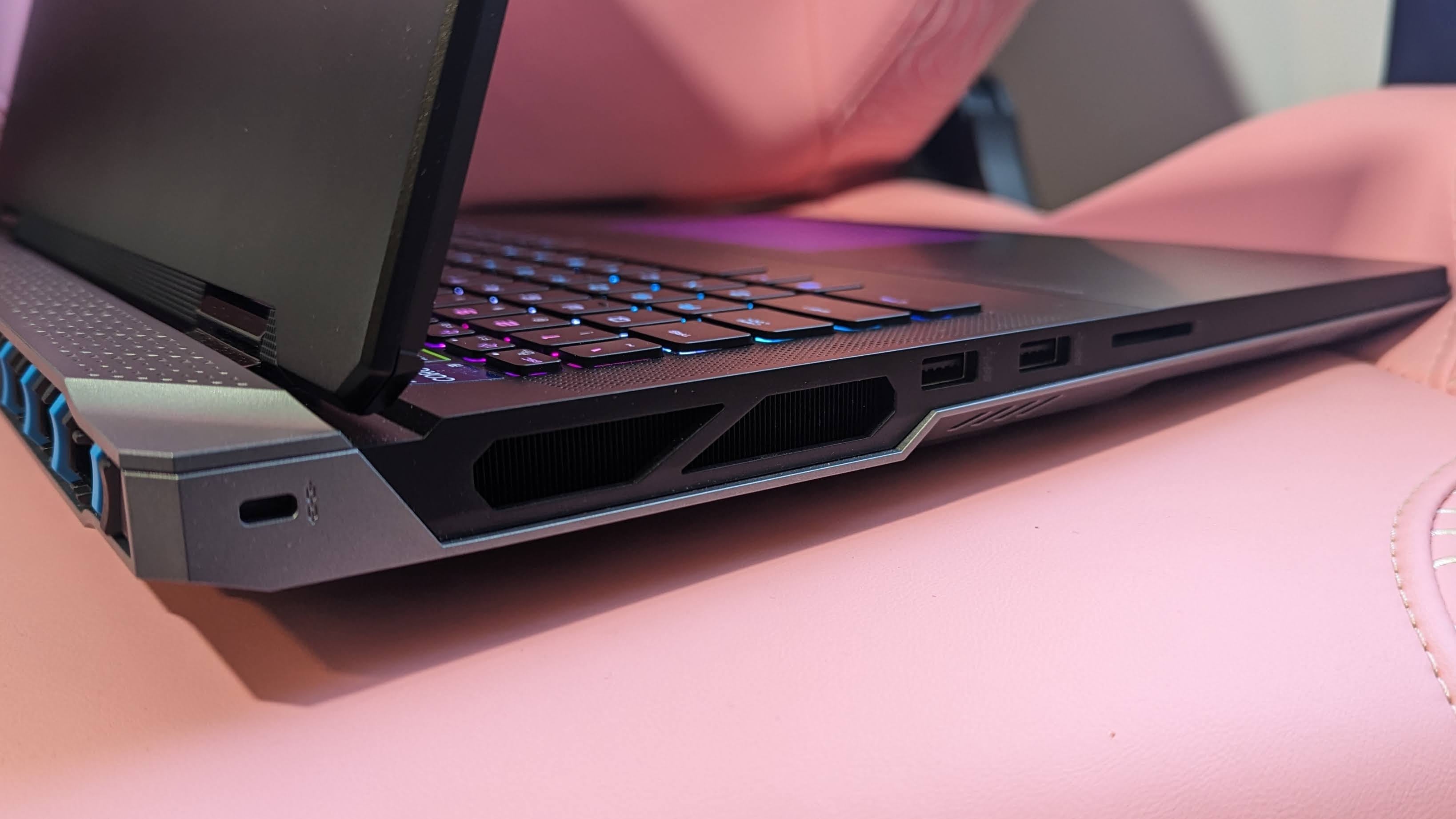
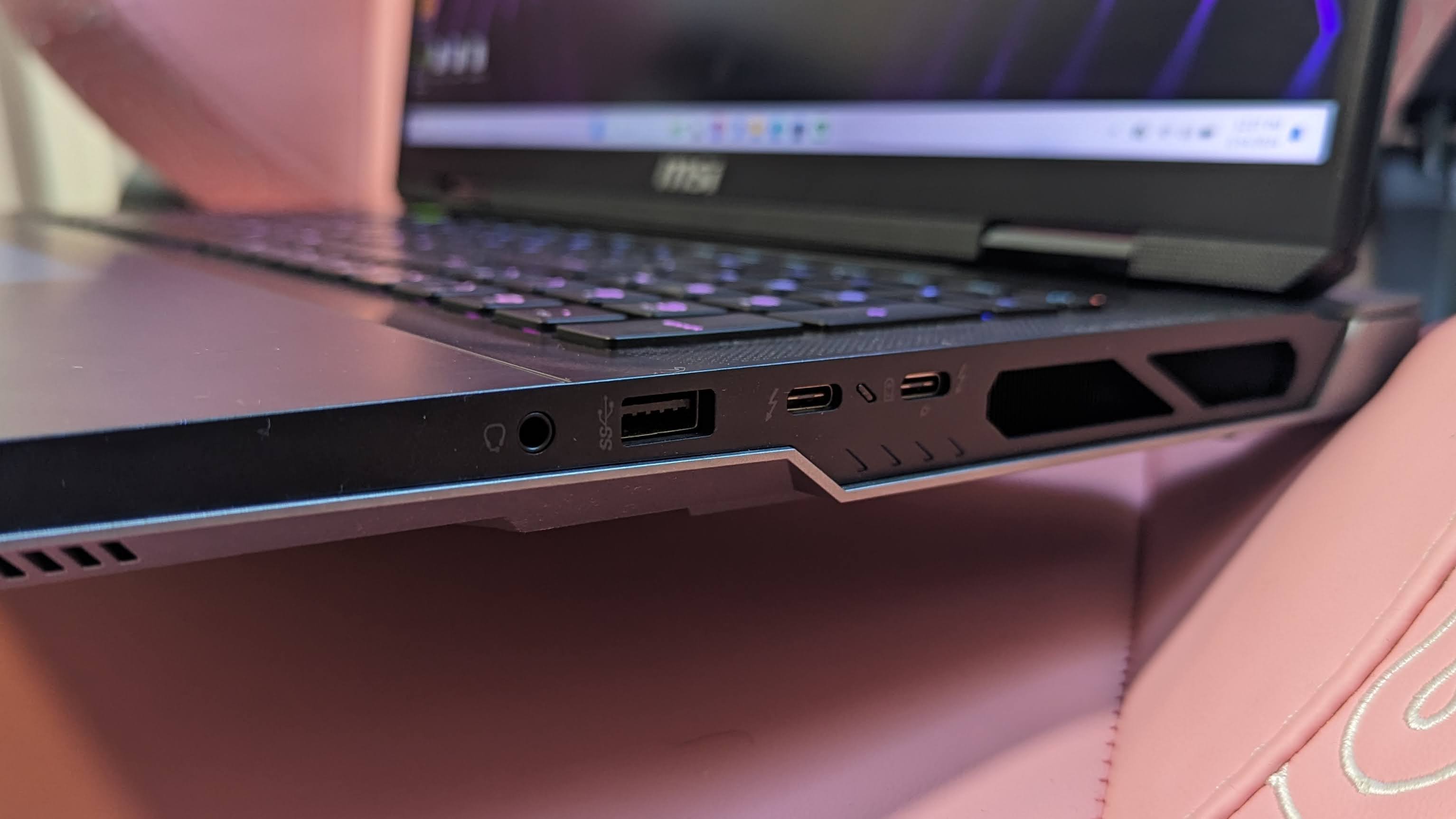
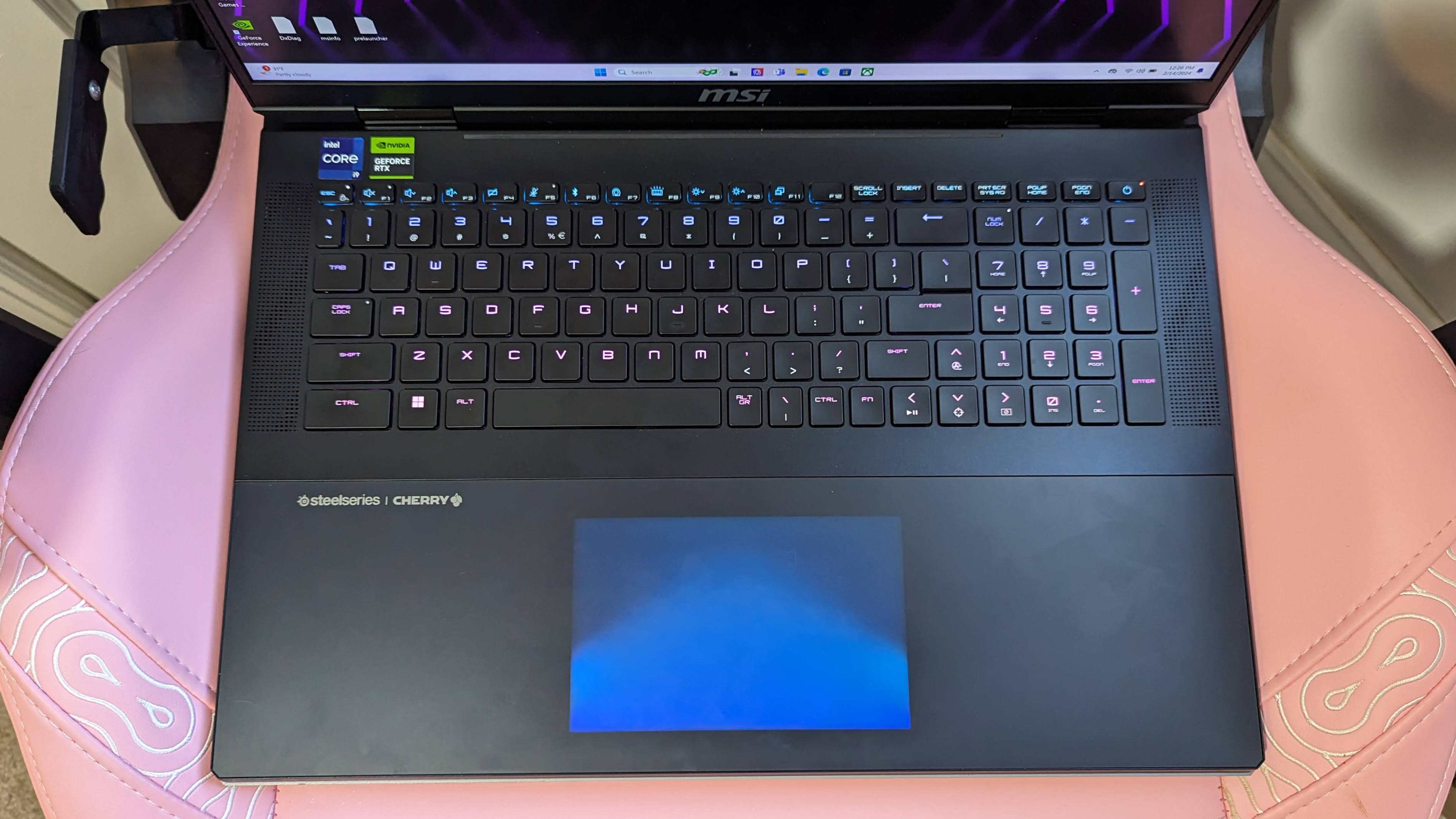
Specifications
Reasons to buy
Reasons to avoid
The MSI Titan 18 HX lives up to its Greek mythology namesake. It's stacked with some of the best hardware specs you can find, making it so much more than a gaming laptop.
✔️ You want a desktop replacement. Not only does it take up less space than a tower, but its 4K display is also a fantastic secondary monitor.
✔️ You need serious specs for non-gaming workloads. Time is money, and you need to process massive chunks of data, like, yesterday.
✖️ You don't need something this powerful. This laptop overkill for the majority of gamers and artists — and it costs as much as a down payment on a new car. Keep your bank account balance in the black.
✖️ You want something portable with longer battery life. With an 18-inch screen and the weight and thickness of a brick, the best place for the Titan is on your desk. Not in your backpack.
If you're ready to drop over $5,000 on a workstation, but also want something that can replace your desktop gaming PC, the MSI Titan 18 HX is uniquely positioned to do just that: god-like performance and stunning visuals all with a Cherry MX mechanical keyboard on top.
It's Mini-LED display is brighter and more color accurate than most premium gaming laptops we've tested, reaching an average 559 nits of maximum brightness and covering 11.24% of the DCI-P3 color gamut. (Great news for editors who want to release a film in theaters.) Known for its graphics, Cyberpunk 2077 looked as stunning as it was meant to, and seriously impressed Laptop Mag's editor, Rami Tabari: "Riding through the city, every detail from my motorcycle’s windshield to the traffic lights above was crisp."
Powering those kinds of visuals on a 4K display takes some serious hardware — and the Titan has hardware aplenty: an Intel Core i9-14900HX CPU, Nvidia GeForce RTX 4090 GPU, and 128GB of RAM. Not only did those specs push the majority of games we tested to 120 frames per second (fps) and beyond (highest graphics setting, 1080p), but it also peaked at 73 fps on the laptop's native 3840 x 2400 resolution. That's more than double the minimum playable threshold of 30 fps.
The Titan is speced to quickly process other heavy workloads, too. In our tests, it converted a 4K video to 1080p in two-and-a-half minutes. It also copied a 25GB file (the equivalent of 12, one-hour TV episodes in 4K) in just 10 seconds.
All that power comes with a downside: the Titan's abysmal battery life. In Laptop Mag's battery run down test, it lasted only 2 hours and 40 minutes — just surfing the internet. No surprise for this behemoth, but it's another reason why this laptop needs to be plugged in at all times.
See our full MSI Titan 18 HX review.
Best for creators

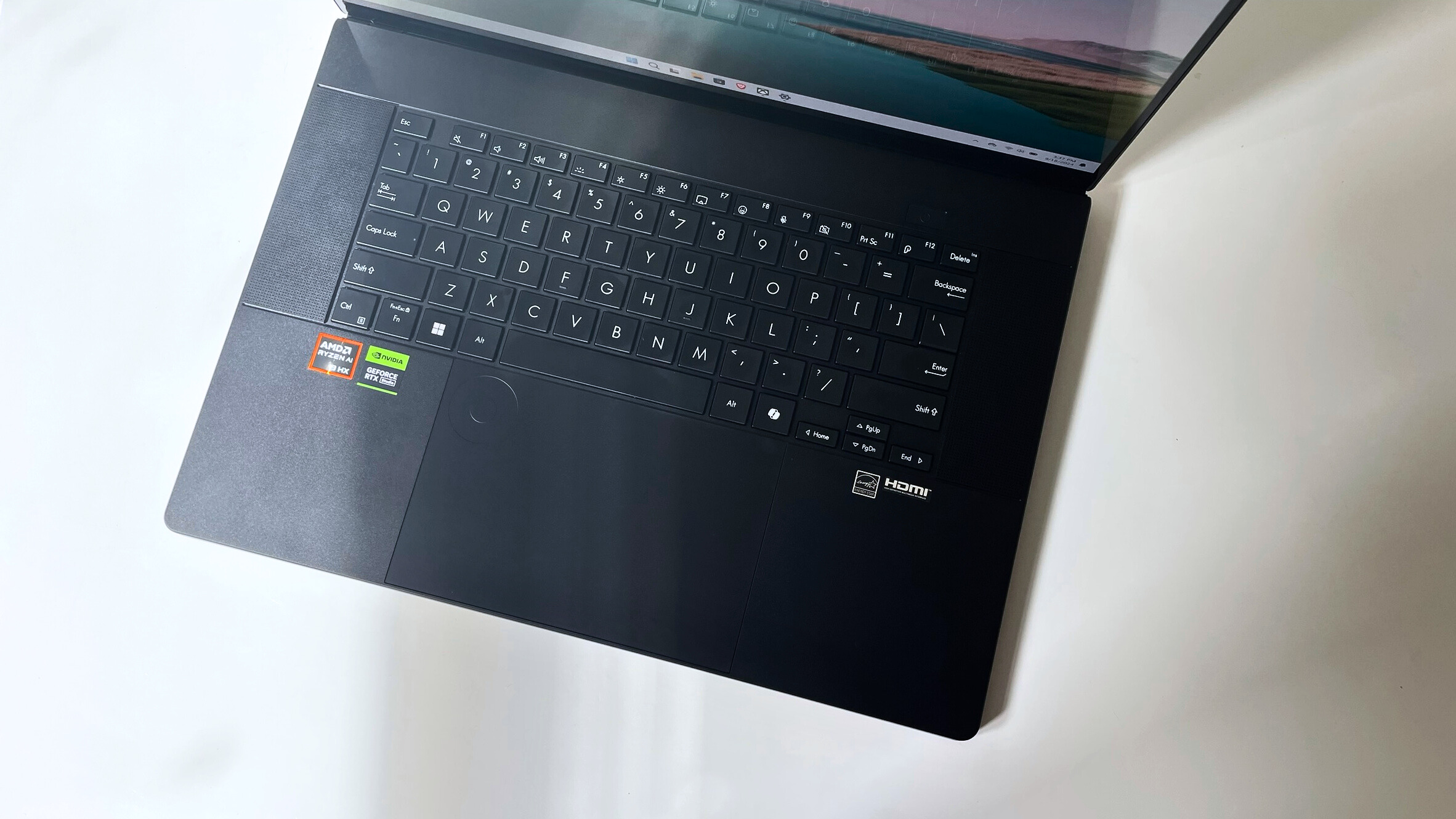
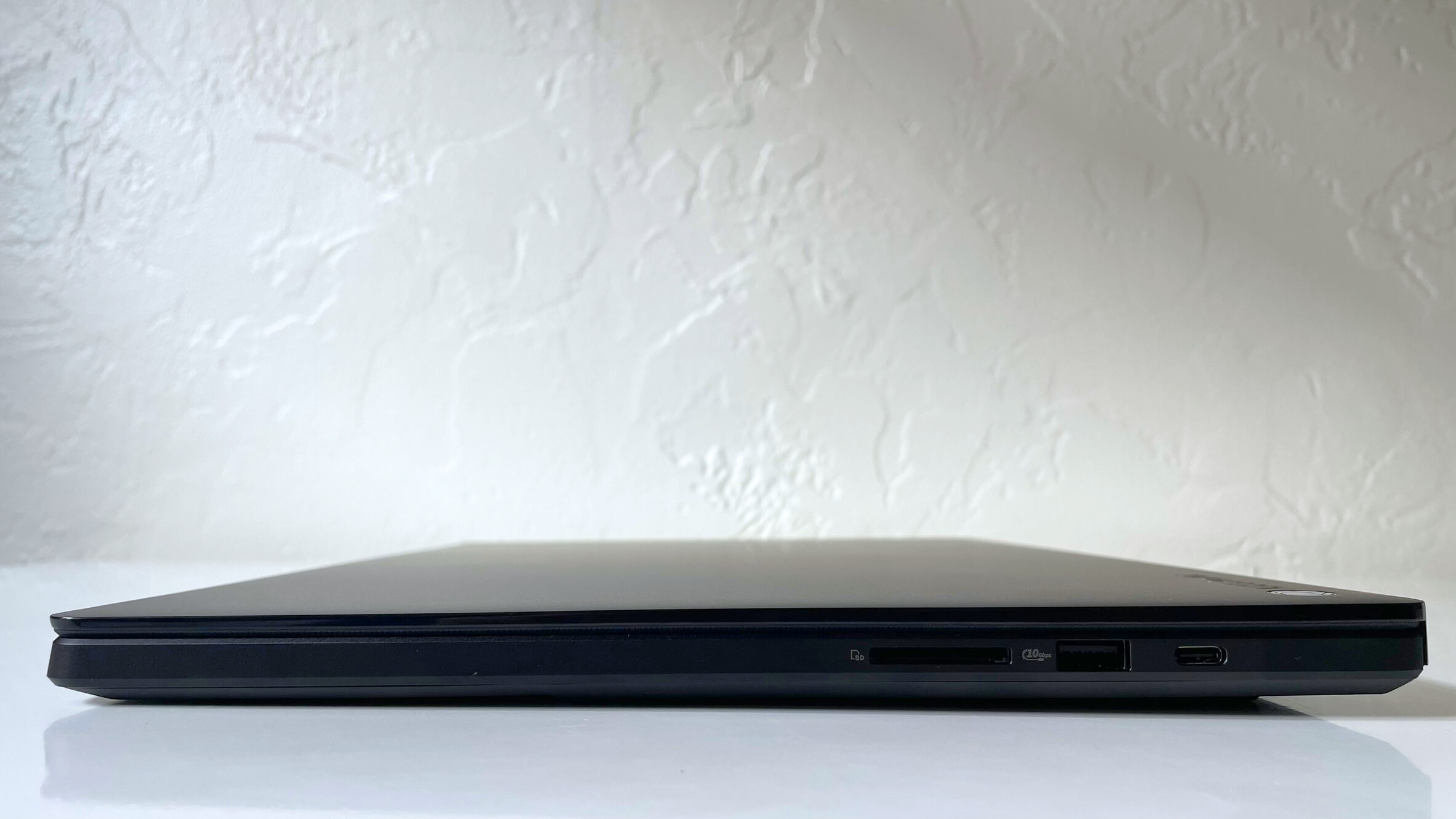

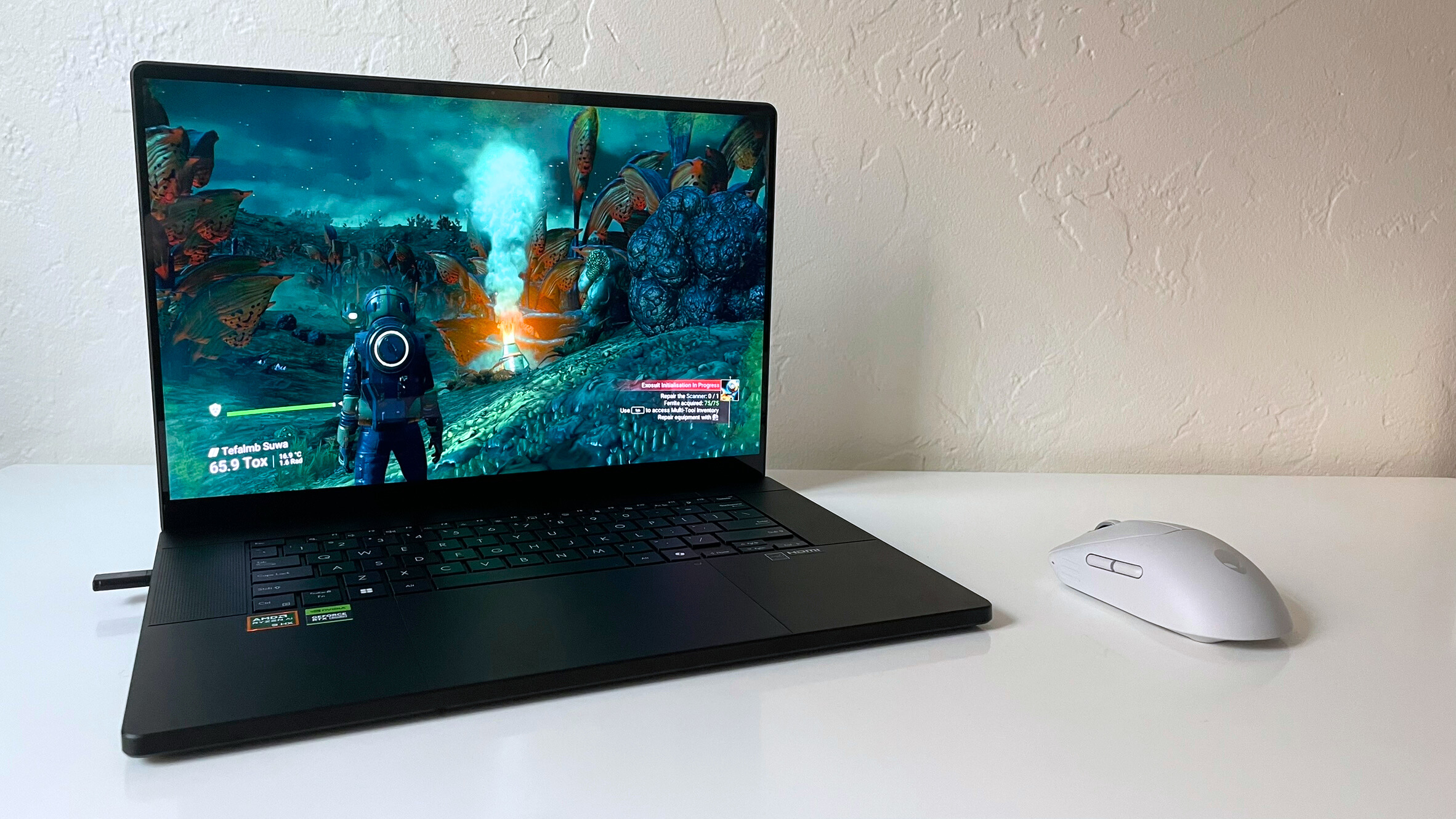
Specifications
Reasons to buy
Reasons to avoid
The Asus ProArt P16 offers nearly everything you'd expect out of a MacBook Pro — for $1,000 less.
✔️ You have the need for speed. Between multitasking, rendering, transcoding, and everything else, this laptop won't choke on your workflow.
✔️ You need color. Lots of colors. This laptop covers a large portion of the DCI-P3 color gamut, making is a good choice for video or photo editors.
✖️ The apps you need are only on macOS. Used to working in Final Cut Pro? Sorry, there isn't Windows version for that.
✖️ You refuse to sacrifice battery life. The Asus ProArt P16 is a great laptop, but with under 10 hours of battery life, it's one major area where it cannot compete with the MacBook Pro.
For the editor, graphic designer, or photographer who is loyal to Windows, the "Asus ProArt P16 is a stellar example of what a creator laptop should be," as our reviewer, Stevie Bonifield said. It's a powerful and reliable laptop with a beautiful design that's just as easy on your eyes as it is your wallet — and you don't have to pay MacBook Pro prices to get it.
While I'd normally recommend a laptop with a wider color gamut for creatives, the ProArt P16 covers enough of the DCI-P3 gamut (85.5%) to be serviceable for most people. Even the most die-hard film enthusiasts. The display also reaches a maximum brightness of 356 nits, which isn't awful, but it does mean your environment can't have too much light. Otherwise, the OLED display could reflect too much glare and you won't get to see all the rich, sharp detail it produces.
The ProArt's AMD Ryzen AI 9 HX 370, 32GB of RAM, and Nvidia RTX 4070 powers it to a Geekbench 6 multicore score of 15,286, way beyond the average premium laptop. That stellar performance also played out in Laptop Mag's Handbreak benchmark, transcoding a 4K video to 1080p in 3 minutes and 15 seconds, much faster than the average premium laptop (7:58).
Those specs run games pretty well, too. No Man's Sky ran a smooth and consistent 30 fps without sacrificing much visual fidelity, and the laptop's top-firing speakers made all its sound effects and music sound full and rich.
The ProArt P16's biggest let down is its 9 hours and 32 minutes of battery life. While charging your laptop every night before bed is not a big deal, other laptops in its class are much more competitive in that area.
See our full Asus ProArt P16 review.
Best workstation
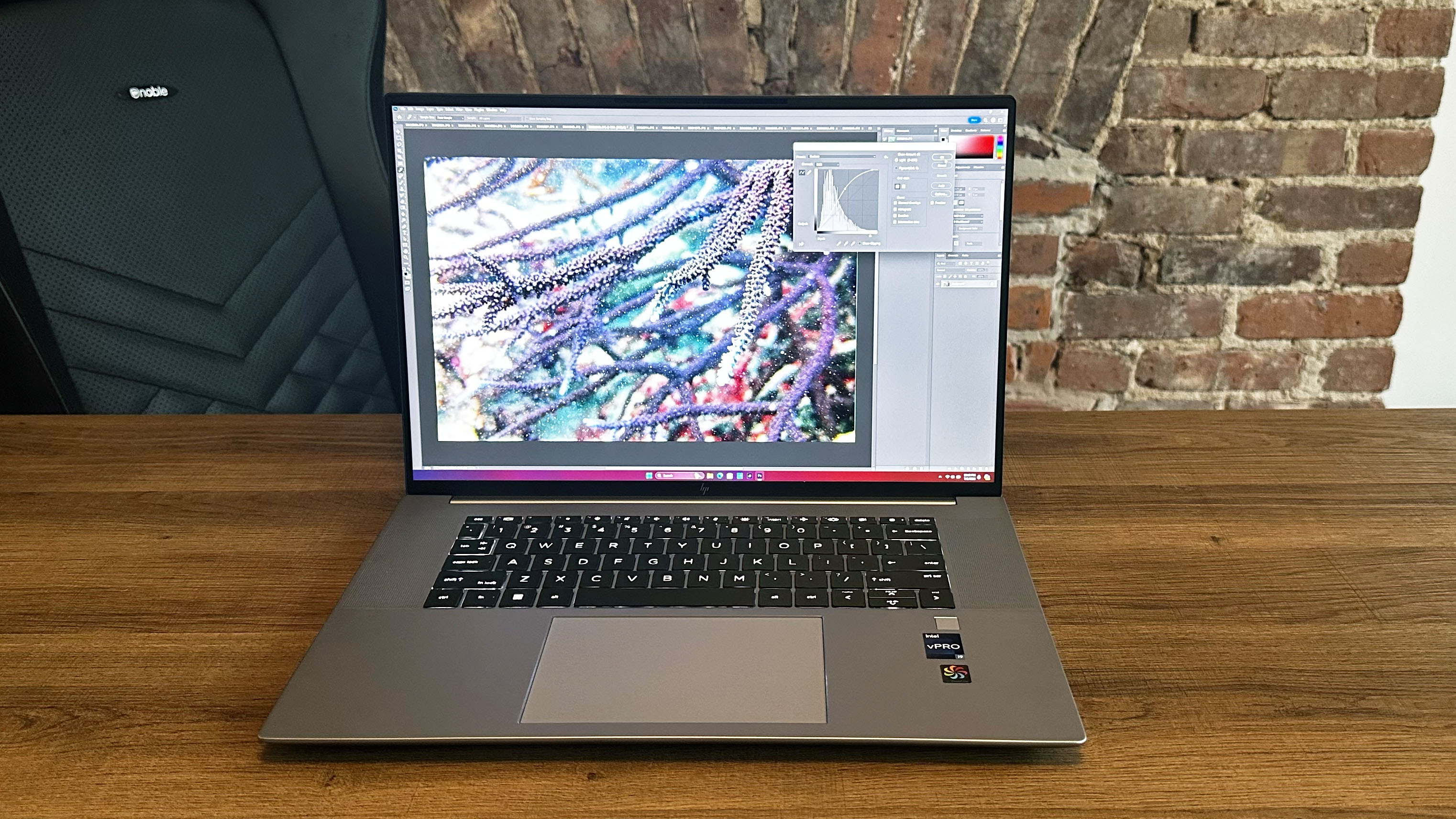
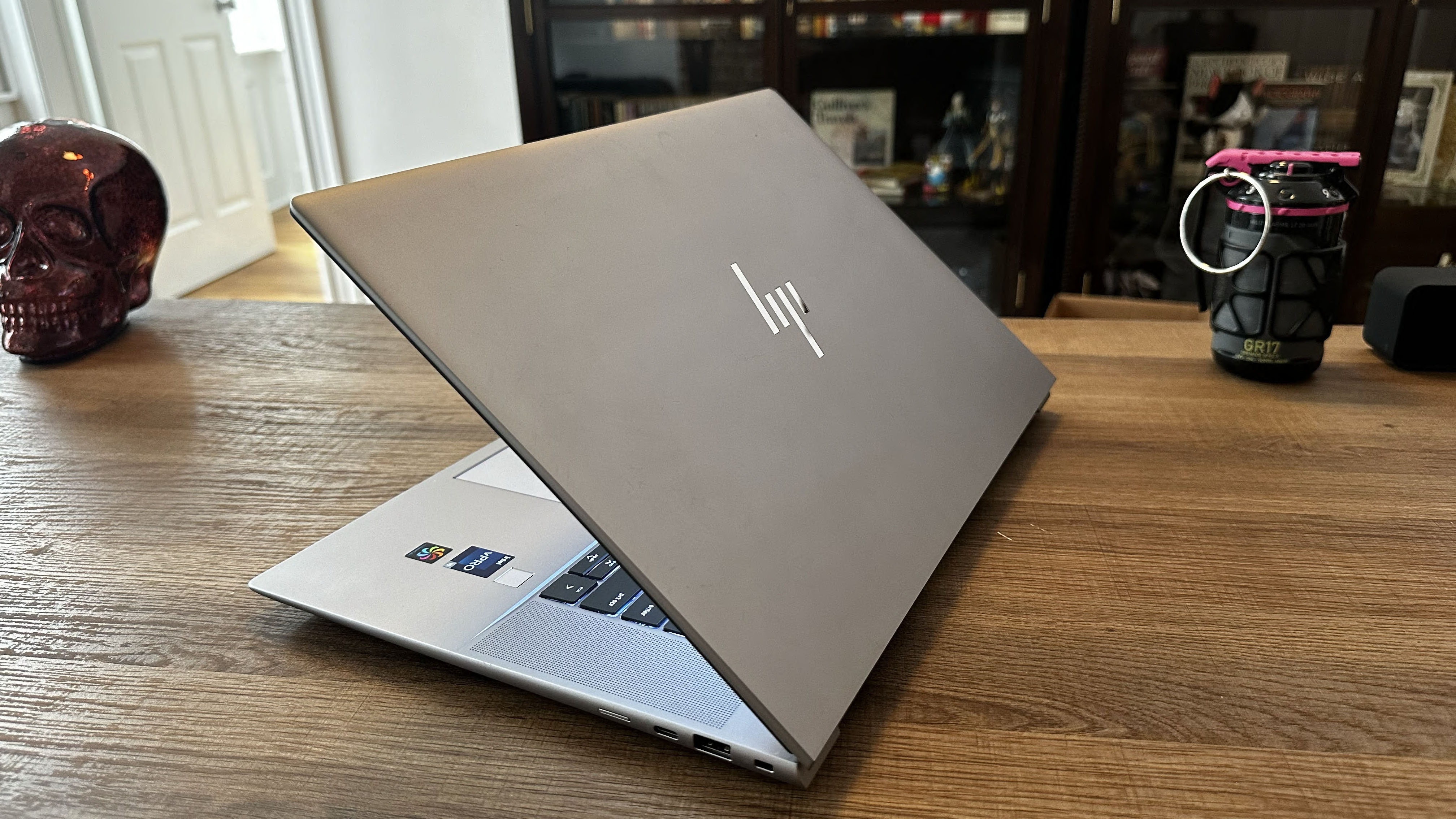
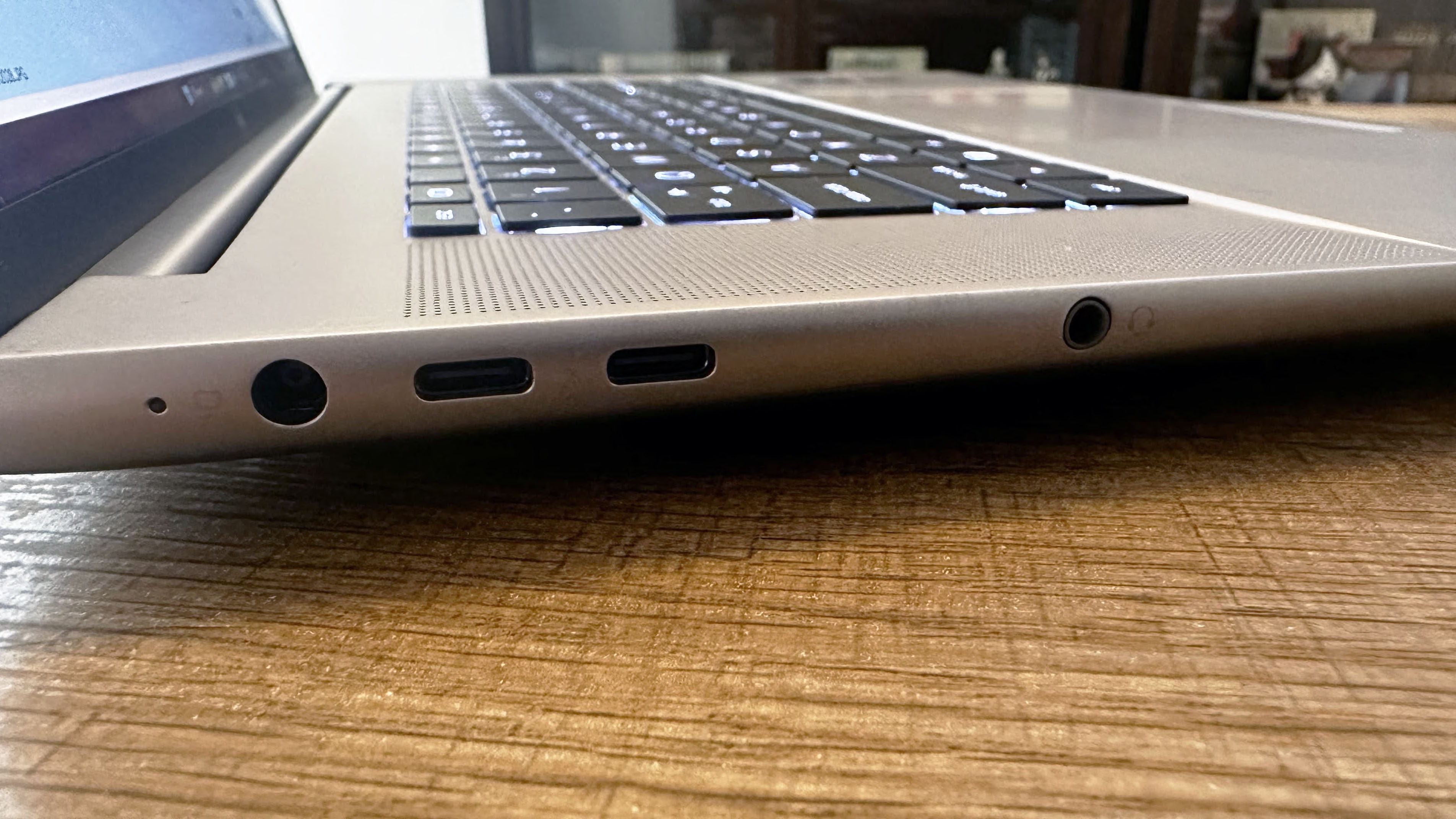
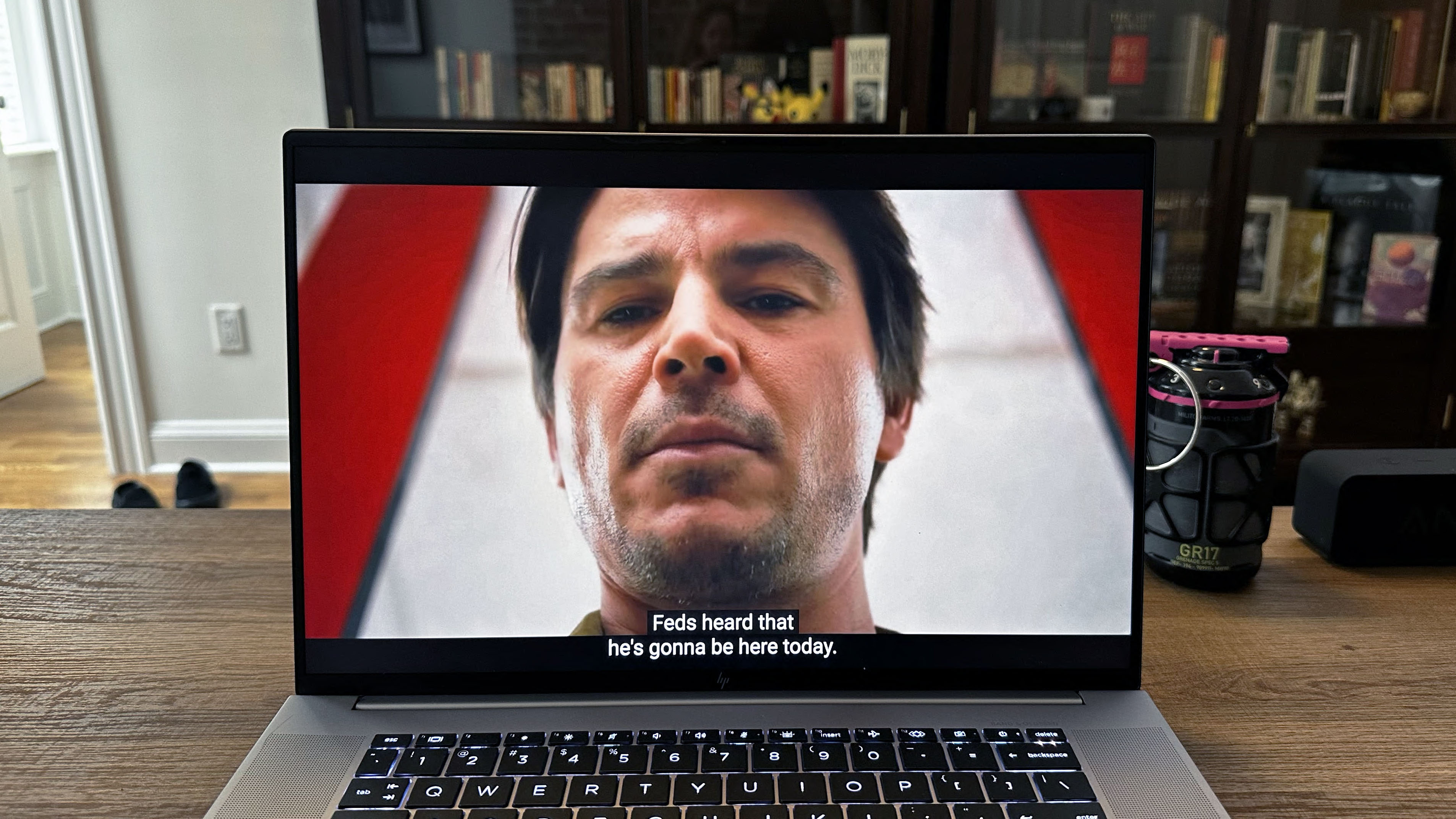
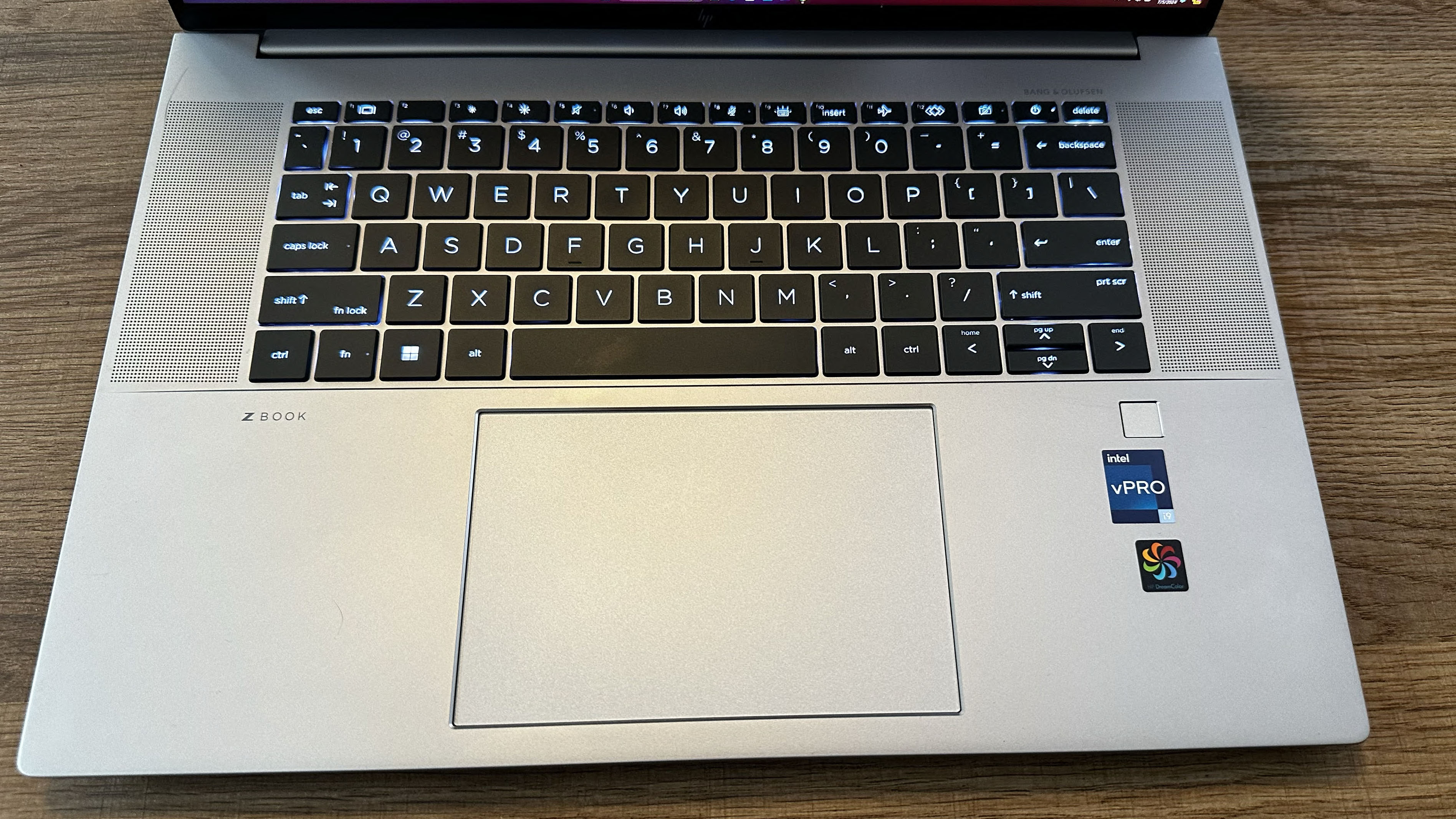
Specifications
Reasons to buy
Reasons to avoid
The HP ZBook Studio 16 G10 comes packed with the right hardware and the right features that make it a great choice for anyone who makes a living working with data or visual art.
✔️ You're primarily a visual artist. 3D animation, film editing, game design — whatever you do professionally, this laptop's display has the color gamut coverage to help manifest your imagination.
✔️ Your work has to be error-free. Its RTX 4000 Ada GPU was designed for workstations, with an emphasis on stability — important for data scientists as well as creatives!
✖️ There's no room in your budget. Even if you get the $3,200 base model, you'd be sacrificing some things that make a workstation a workstation: lots of RAM and lots of storage.
✖️ You also want a gaming laptop. Its graphics card is extremely powerful but it's specfically designed to run programs, not games. You'll likely experience lower frame rates compared to a gaming GPU.
For those who spend less time gaming (if at all) compared to mocking up blueprints in AutoCAD or making 3D models, HP's ZBook Studio 16 G10 is speced with the right hardware to keep you immersed in your work. Its display, processor, graphics card, and heaping amounts of RAM and storage make it a wildly expensive but fabulous machine.
Its display has a lot to offer video editors and other visual artists: "Bright, vibrant colors, high color accuracy, and enough brightness to counteract any glare," as Laptop Mag's Madeline Ricchiuto said in her review. It covers 117% of the DCI-P3 color gamut and reaches up to 457 nits of brightness. It could have handled shadows a bit better, but overall it produced gorgeous visuals.
The main ingredient in any workstation worth your money is great performance. It shouldn't run like a line of people spilling out of the DMV, but that's not something you'd have to worry about with this ZBook. Its Intel Core i9-13900H processor, Nvidia RTX 4000 Ada graphics card, and 64GB of RAM keeps heavy workloads moving swiftly and efficiently. Converting a 4K video file to 1080p took a little over four-and-a-half minutes, and copying a 25GB file took 13.8 seconds.
Battery life is generally not a workstation's forte, but the ZBook managed to last 6 hours in Laptop Mag's tests, which isn't too shabby. You'll still want to run this laptop on AC power at all times, but if you have to move it away from a outlet for an hour you probably won't have to worry about the battery dying while you're in the middle of working on an important project.
See our full HP ZBook Studio 16 G10 review.
Best 14-inch
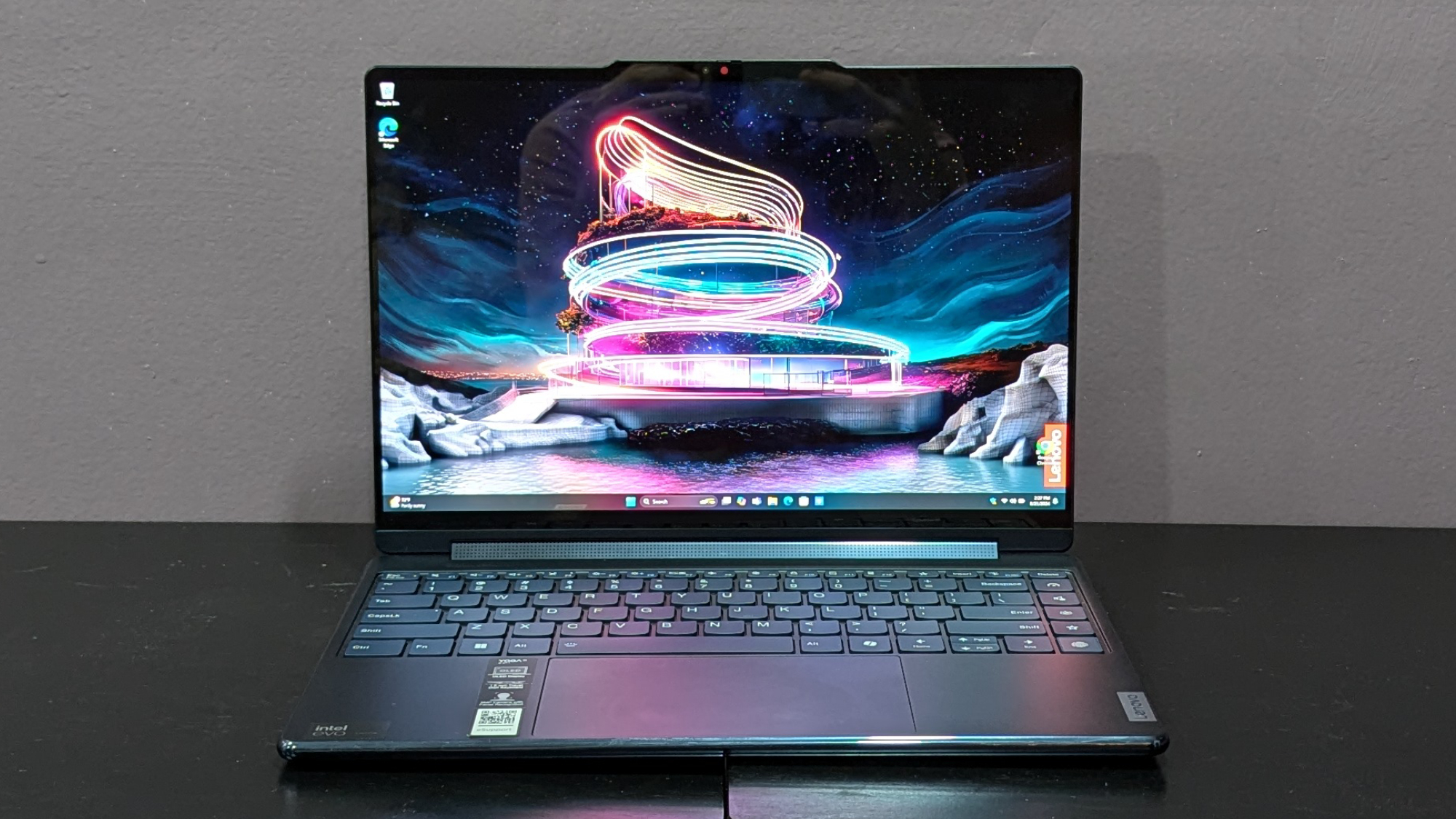
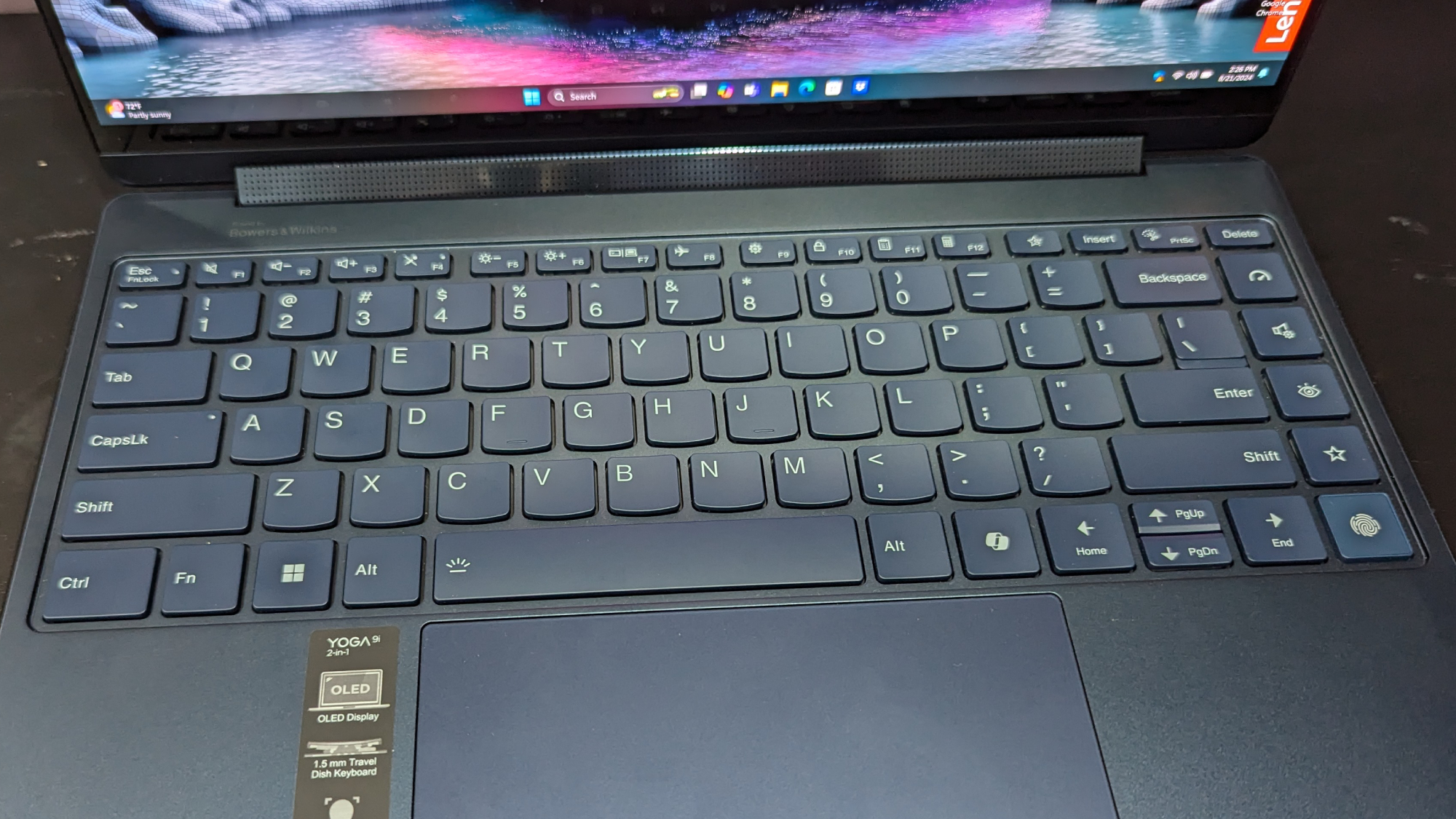

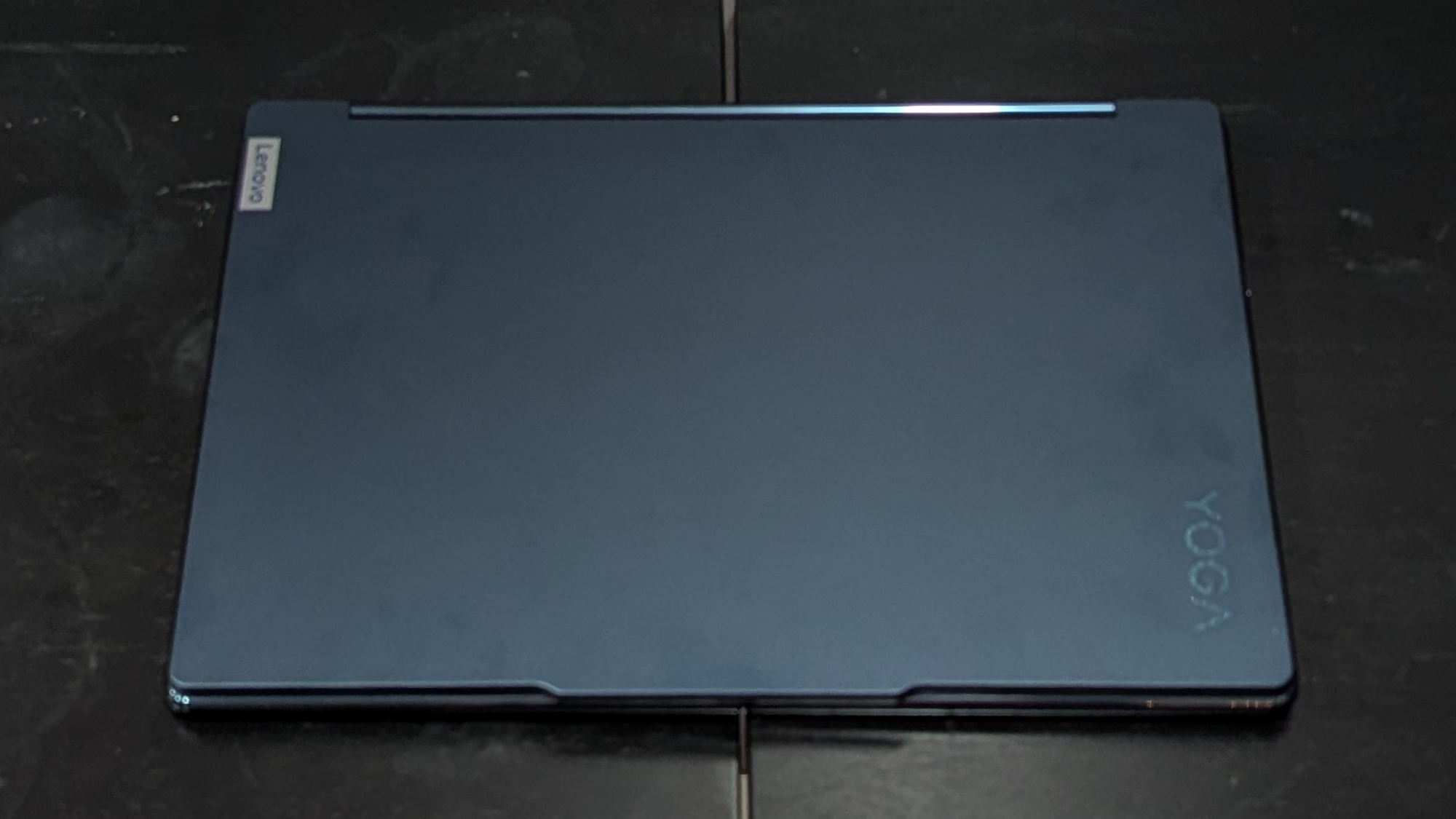
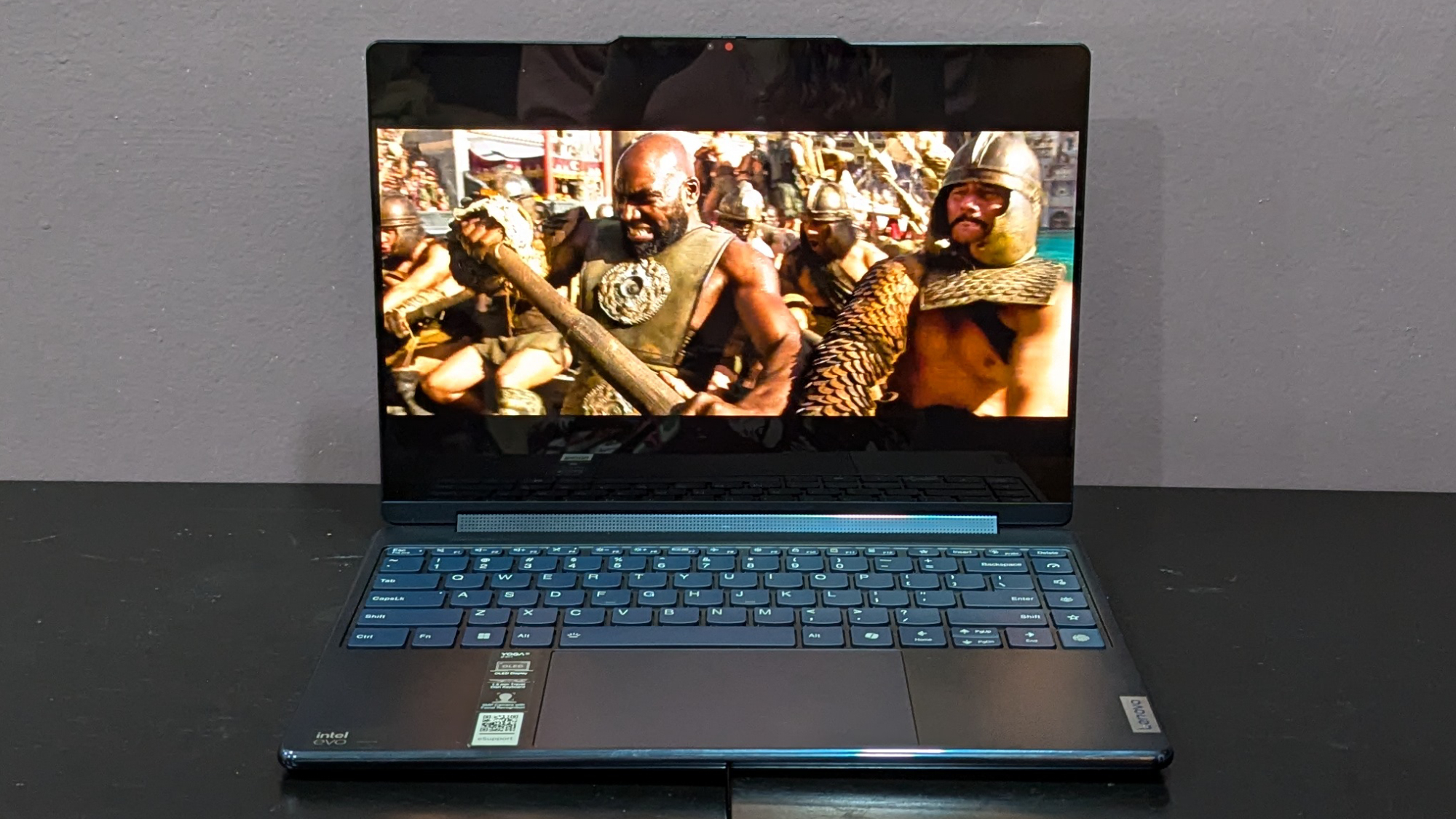
Specifications
Reasons to buy
Reasons to avoid
The Lenovo Yoga 9i 2-in-1 has the best 4K display in lightweight, 14-inch chassis, making it a great option for students studying digital art or frequent travelers.
✔️ You prefer small laptops. This one weighs just under 3 pounds, and it's 0.6 inches thick. Its 14-inch display is large enough to keep text from appearing microscopic, too.
✔️ You're a digital artist. This laptop is a 2-in-1, so there's no need to have a separate drawing tablet. You can edit photos in Photoshop, and then flip the lid over to sketch a new dress design.
✖️ You need something more powerful. While this laptop is good for lightweight to moderate workloads, it lacks the chops to processing demanding tasks as quickly as a gaming laptop or workstation.
✖️ You need over 8 hours of battery life. This one doesn't even make it to 8 hours. Womp-womp.
For the budget-minded artist in need of both a 4K laptop and drawing tablet, there's the Lenovo Yoga 9i 2-in-1. It's the most portable option on this list that features a display with a kaleidoscopic range of colors, too, making it a great choice for students and frequent travelers alike.
Our reviewer, Claire Tabari, was "speechless" when she watched the Gladiator II trailer, from the first moment a "flickering torch paints Paul Mescal’s face in a warm glow" to the "contrast from the darkest corners" of the dungeon. It's no wonder everything looked fantastic; the OLED display covers 136% of the DCI-P3 color gamut, which is much higher than the average premium 4K laptop.
The Yoga 9i 2-in-1 is potent enough to handle more than drawing and sketching. Its Intel Ultra 7 155H processor with integrated Arc graphics and 32GB of RAM provide enough performance for light to moderate video editing or 3D modeling. Its speakers make everything sound loud and clear, too, especially music, balancing the vocals and instruments without washing one or the other out.
This laptop would have been near-perfect if it wasn't for its awful battery life: 7 hours and 24 minutes. (In her review, Claire noted the previous Yoga 9i 2-in-1 model lasted 10 hours longer than this latest one.) Not only is that shorter than the average workday, but also laptop batteries lose their ability to hold a charge over time — depending on how often and how much you charge it.
See our full Lenovo Yoga 9i Gen 9 review.
Best almost 4K laptop
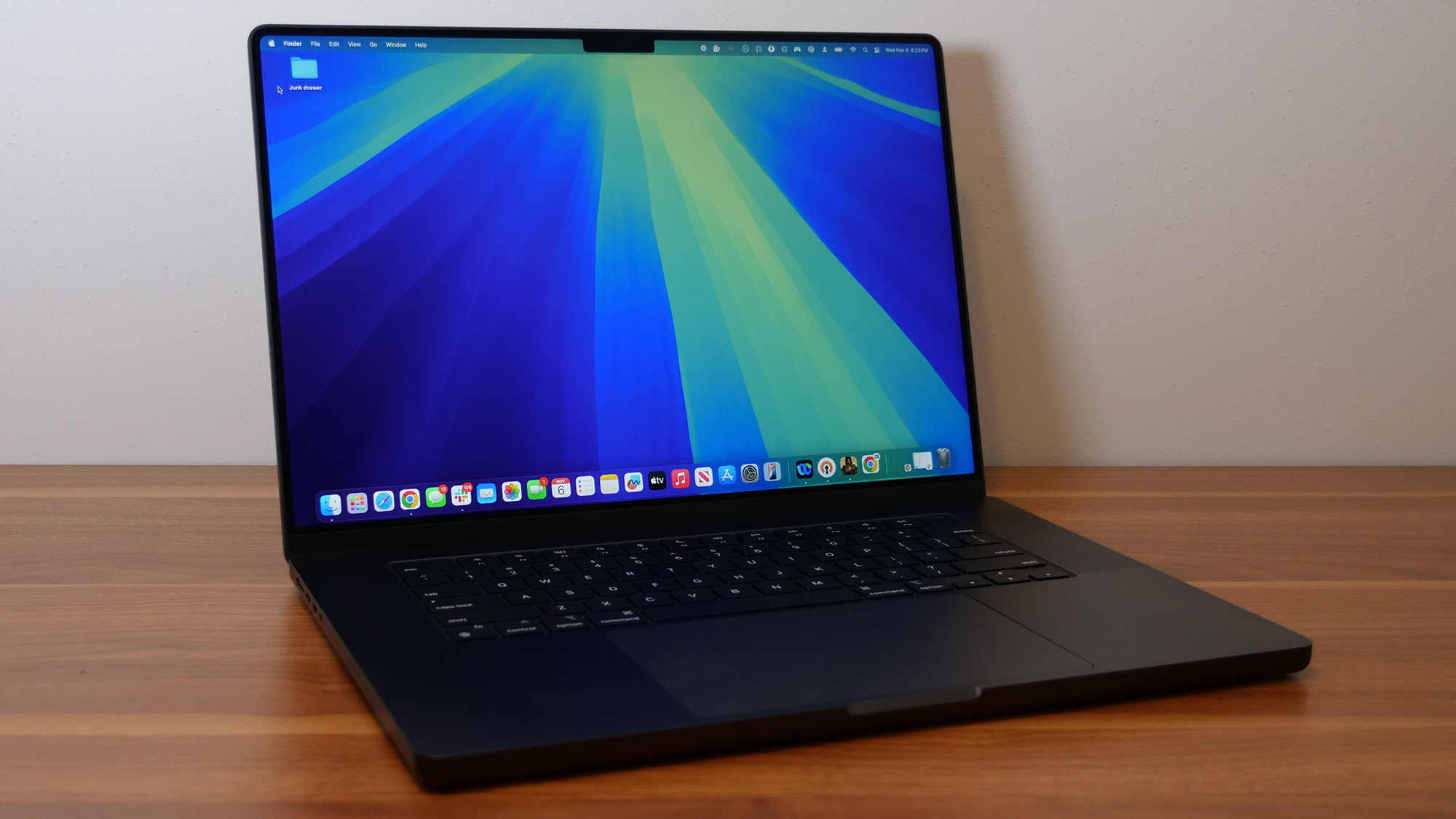
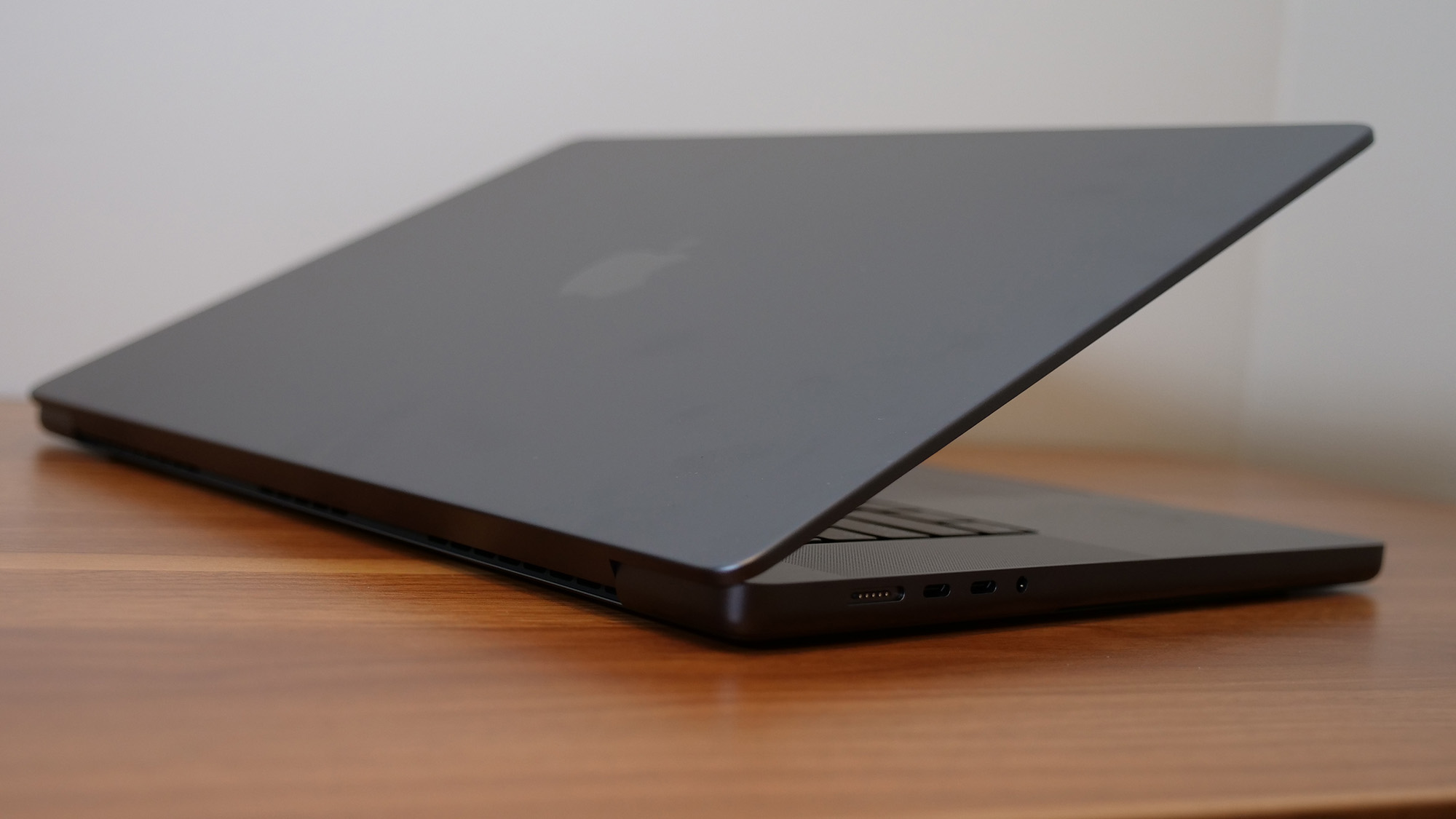
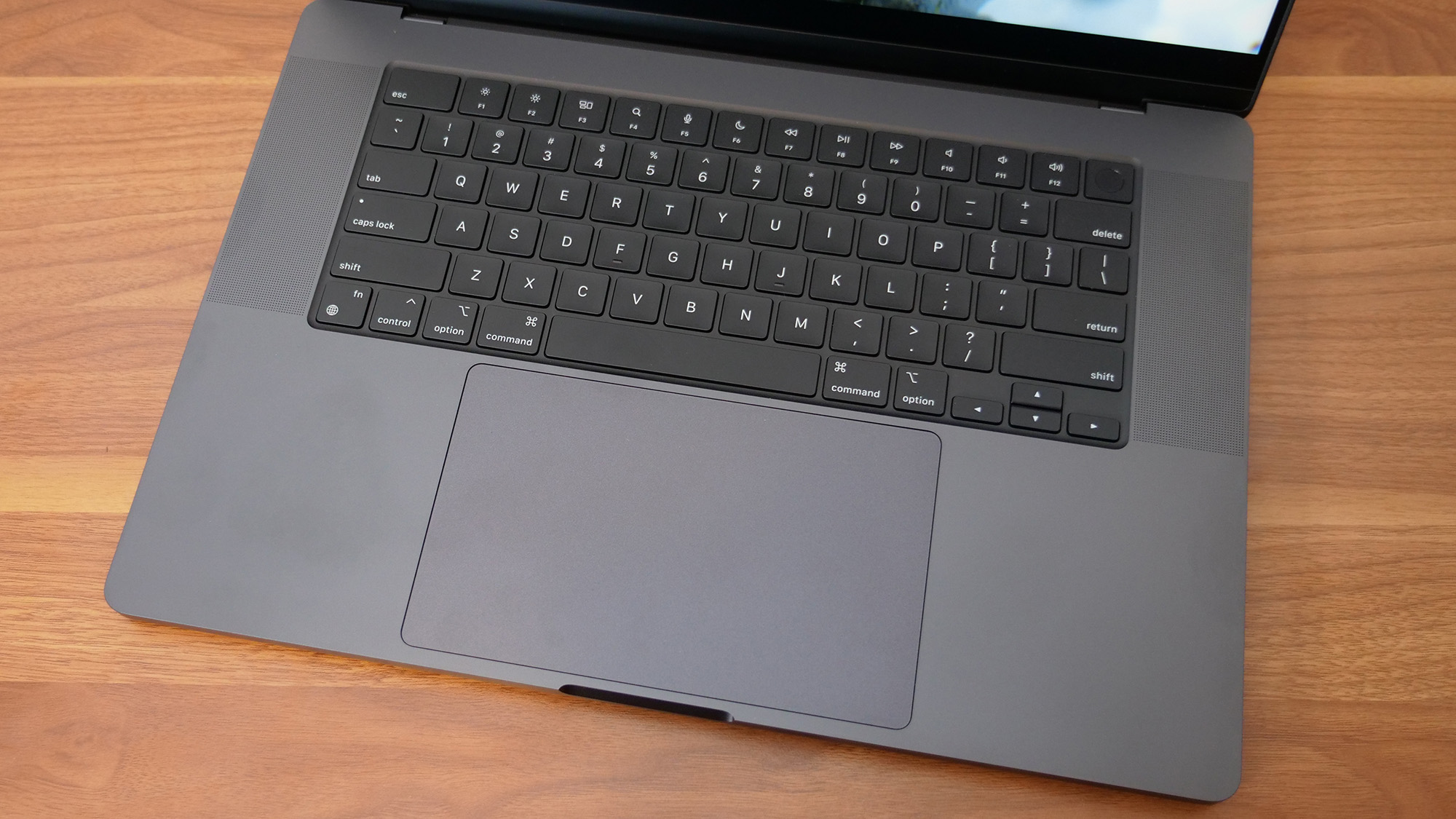
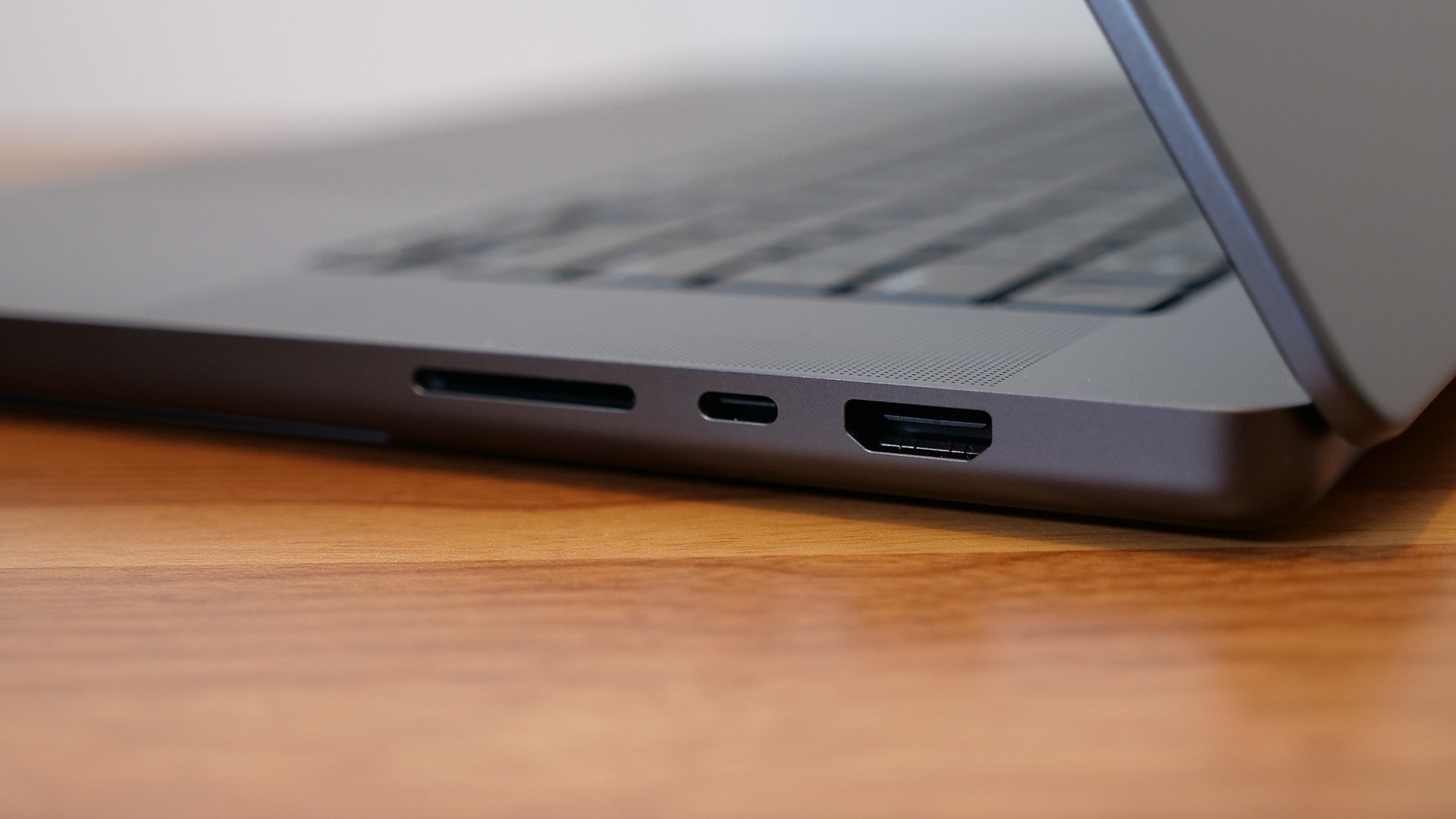
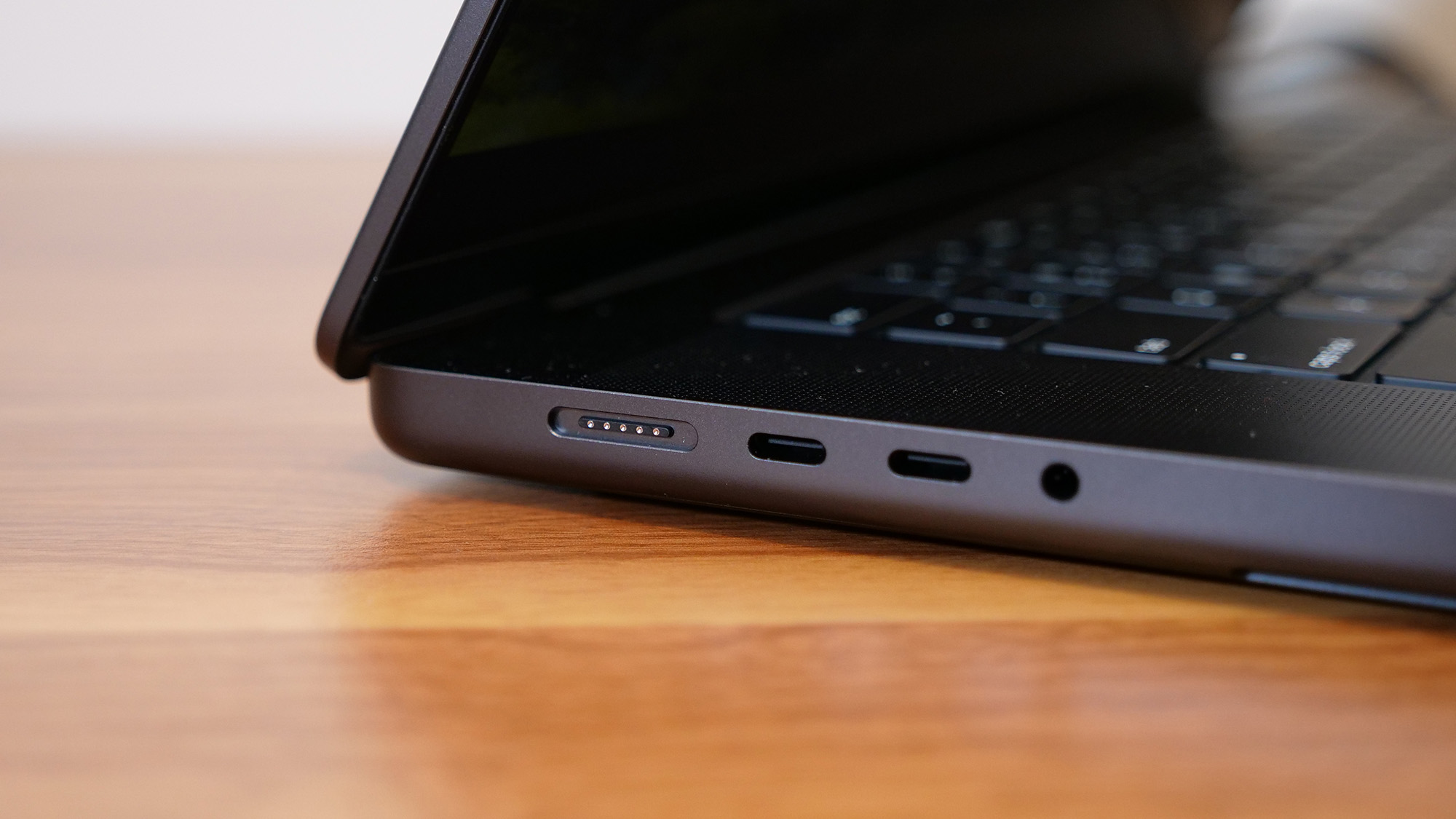
Specifications
Reasons to buy
Reasons to avoid
Apple's MacBook Pro 16 M4 Pro is a wicked-fast performer with phenomenal battery life and other wonderful features: an incredibly bright display, a fantastic keyboard and trackpad, robust sound, and one of the best webcams we've ever seen in a laptop.
✔️ You need a personal machine that can double as a workstation. Web browsing, video calls, photo and video editing, and even gaming — if you need a single device that can do all those things quickly and reliably, this laptop has you covered.
✔️ You want the best battery life. At nearly 21 hours, there are few laptops that can run that long — especially 16-inch laptops.
✖️ You need better color accuracy. 81.4% is fine, but if you don't need a MacBook there are Windows laptops on this list with better DCI-P3 coverage.
✖️ It's too much laptop for your needs. It's a tremendous machine, but if you're not studying film editing or are not a professional graphic designer, you'll be spending more on a laptop than you need to.
Laptop Mag's managing editor, Sean Riley, described this laptop best in his review: "It's almost simultaneously the most powerful premium laptop we've reviewed while also offering the second-longest battery of any laptop we've tested." For anyone (especially creatives) who needs a personal machine that can also handle heavy video and 3D rendering workloads, or analyze massive databases, the MacBook Pro 16 M4 Pro is a stellar option.
Our benchmark numbers mostly speak for themselves. With 20 hours and 46 minutes of battery life, it lasts 7 hours longer than the average premium laptop. It also outshines its main competitors in the Geekbench 6 multicore benchmark with a score of 22,822 — that's over 100% more than the average premium laptop (10,492). Compared to the M3 Max (21,182), that's an 8% speed increase; remember that the 16-inch Max configurations start at $3,499.
While its display gets close to a 4K resolution (3456 x 2234), it isn't technically one — but it's too good of a display in too good of a laptop to leave off this list. Its Mini-LED panel hits an SDR brightness of 565 nits, which is much higher than the average OLED display with an actual 4K resolution. Its peak HDR brightness is 1,116 nits, and even with a DCI-P3 color accuracy of just over 81%, the display still produces vivid colors in exquisite detail.
Everything else about this MacBook Pro is just as good or better than previous generations. It's still expensive, but it's our best "almost 4K laptop" pick for a reason.
See our full Apple Macbook Pro 16 M4 Pro review.
Benchmark comparisons
Click to view chart data in table format
MSI Prestige 16 AI Evo | MSI Titan 18 HX | Asus ProArt P16 | HP ZBook Studio 16 G10 | Lenovo Yoga 9i Gen 9 | Apple MacBook Pro 16 M4 Pro | |
Geekbench 6 (Higher is better) | 13,310 | 16,501 | 15,286 | 14,532 | 12,455 | 22,822 |
Handbrake time ((MM.SS), lower is better) | 5:17 | 2:33 | 3:15 | 4:37 | 5:10 | 2:00 |
Battery life - Web surfing (HH.MM) | 13:04 | 2:40 | 9:32 | 6:01 | 7:42 | 20:46 |
SSD transfer speeds (MBps, higher is better) | 1,400 | 2,664 | Not tested | 1,945 | 1,016 | Not tested |
DCI-P3 Color Gamut (Higher is better) | 137.9% | 112.4% | 85.5% | 117.3% | 136% | 81.4% |
Display Brightness (Nits, higher is better) | 368 | 559 | 356 | 457 | 357 | 565 |
Hottest temperature (95 degree comfort threshold) | 98.5 | 125.8 | 87.6 | 94.2 | 95.0 | 90.5 |
Recently reviewed
Not every laptop can make the best 4K laptops page — even some of the truly outstanding ones. We review new laptops every week and over 100 laptops yearly, so here's a look at our most recently reviewed laptops that didn't make this page either due to a display resolution under 4K, a fault, or something else.
Acer Swift X 14 | Intel Core Ultra 7 155H | Nvidia GeForce RTX 4070 | 32GB RAM | 1TB SSD
Score: ★★★★
Pros: Swift, reliable performance; powerful RTX 4070 graphics for gaming and content creation; crisp, satisfying keyboard; light and thin chassis for a laptop with a discrete GPU; decent battery life
Cons: Display doesn’t meet 100% DCI-P3 claim; display could be brighter
See our full Acer Swift X 14 review.
Apple MacBook Pro 14 M4 | Apple M4 (10-core CPU, 10-core GPU) | 16GB RAM | 1TB SSD
Score: ★★★★★
Pros: Over 18 hours of battery life; outstanding performance; brilliantly bright display; unmatched build quality; incredible stereo audio
Cons: No Face ID; awkward vent placement
See our full Apple MacBook Pro 14 M4 review.
Asus Zenbook S 16 | AMD Ryzen AI 9 HX 370 | AMD Radeon 890M integrated graphics | 32GB RAM | 1TB SSD
Score: ★★★★
Pros: Unique design; decent OLED display; powerful performance; solid graphics; long battery life
Cons: Mediocre keyboard and touchpad; slow SSD
See our full Asus Zenbook S 16 review.
Score: ★★★★
Pros: Surprisingly solid gaming performance; sharp OLED display; good webcam and microphone
Cons: Mediocre overall performance; no USB Type-A ports
See our full HP OmniBook Ultra Flip 14 review.
HP Spectre x360 16 (2024) | Intel Core Ultra 7 155H | Nvidia GeForce RTX 4050 | 16GB RAM | 1TB SSD
Score: ★★★★½
Pros: Large, vibrant display; great performance; incredible speakers; huge touchpad; sleek design
Cons: Limited ports; battery life could be better
See our full HP Spectre x360 16 (2024) review.
Score: ★★★★
Pros: Impressive battery life; fantastic keyboard; sharp OLED display; strong multi-core performance
Cons: Mediocre gaming performance; no USB Type-A ports; reflective display
See our full Lenovo Yoga Slim 7x review.
Lenovo Yoga Pro 9i 16 Gen 9 | Intel Core Ultra 9 185H | Nvidia RTX 4050 | 32GB RAM | 1TB SSD
Score: ★★★★½
Pros: Beautiful display; bouncy keyboard; strong overall performance; discrete graphics; decent battery life
Cons: Can’t configure RTX 4060 with Intel Core Ultra 7; touchpad too resistant; awful audio
See our full Lenovo Yoga Pro 9i 16 Gen 9 review.
MSI Creator A16 AI+ | AMD Ryzen AI 9 365 | Nvidia GeForce RTX 4060 | 32GB RAM | 1TB SSD
Score: ★★★½
Pros: Great CPU performance; discrete RTX 4060 GPU; sturdy chassis; satisfying keyboard; clear speakers
Cons: Overpriced for the specs; battery life could be better; poor trackpad; gets uncomfortably hot
See our full MSI Creator A16 AI+ review.
Razer Blade 16 | Intel Core i9-13950HX | Nvidia GeForce RTX 4090 | 32GB RAM | dual 1TB SSDs
Score: ★★★★
Pros: Strong overall and gaming performance; bright, vivid dual-mode display; great audio performance; improved user-friendly Razer Synapse app
Cons: Sluggish file transfer; have to restart laptop to switch between dual modes; on the pricier side of gaming laptops
See our full Razer Blade 16 review.
Score: ★★★★
Pros: Bright and vivid touchscreen AMOLED display; over 12 hours of battery life; light for a 16-inch laptop; durable aluminum chassis; galaxy AI and Copilot+ AI features
Cons: Multitasking performance can’t match top competitors; limited key travel can impact typing; disappointing webcam, lacks facial recognition
See our full Samsung Galaxy Book 5 Pro review.
How to choose a 4K laptop
Choosing the best 4K laptop for you ultimately goes beyond the display, but it's the best place to start if you know you need a high-resolution screen.
Aspect ratio
The two most common aspect ratios you'll find on a 4K laptop are 16:9 and 16:10. While the latter provides more vertical space for reading documents and other general productivity tasks, 16:9 is the gold standard for television, film, and gaming. If you need a 4K laptop for video editing, creating cutscenes for video games, or similar, then you'll most likely use that ration by default.
Color accuracy
If your flair for color pallets is on par with Wes Anderson, color accuracy is probably a crucial feature you need in a 4K laptop — especially if you need to work with a wide gamut, like DCI-P3, the standard for digital cinema. Most visual artists might be able to get away with a display that covers 85% of that gamut, but that's as low as we generally recommend. Professionals should, ideally, go for a laptop that covers around 100%.
Brightness
Screen brightness can vary wildly from laptop to laptop, as we've seen in our testing. 350 max nits of brightness is generally a good level for working in well-lit or darker environments, but you may need something brighter based on your personal situation.
OLED vs. IPS
The max nits of brightness also depends on the display panel in a laptop. IPS (and Mini-LED) panels can get a lot brighter than OLED panels, sometimes by hundreds of nits — which makes them better at combating lighting glare and can make colors appear more vibrant (especially if they don't have a wide color gamut).
But if your visual style leans toward shadows or moody, dramatic lighting, OLED panels have a better contrast ratio. Black spaces on an IPS panel usually have a grey fuzz over them, while black spaces on an OLED panel look like an endless abyss.
Hardware
If you make 16-bit games, edit videos or photos as a hobby, then you could get away with a laptop without a separate graphics card and 16-32GB of RAM. But if heavy workloads come with your profession, then you'll need something much more powerful with a lot more RAM.
FAQs
Q: Is 4K the same as UHD?
A: 4K is technically a professional digital cinema standard (4096 x 2160 pixels) but it's used interchangeably with consumer products like laptops — confusing, I know!
When we're talking about a laptop display, 4K is synonymous with Ultra High Definition (UHD). Like 4K, UHD has the same 16:9 ratio but it has fewer horizontal pixels, making it a 3840 x 2160 resolution.
Q: What about a 3840 x 2400 resolution?
A: That means it has a display ratio of 16:10 (more vertical pixels), but you can still call it UHD or 4K.
Q: What's the difference between OLED and Mini-LED?
A: The main difference between these display panels is how they emit light. OLED panels can light up and dim individual pixels, which is why they are generally known for their color accuracy (and deep, inky blacks).
A Mini-LED panel uses a backlight with thousands of tiny LED bulbs. Unlike OLED, they light up and dim in zones rather than pixel-by-pixel but this allows Mini-LED panels to get much brighter than OLED.
Q: Do I need a discrete GPU?
Not necessarily! You can do encoding, transcoding, and other common video editing tasks with just the processor and its integrated graphics. Qualcomm's Snapdragon X Elite chips are particularly great at this; they're built on ARM architecture, like Apple's M-series, which generally process tasks more efficiently.
But running the same resource-heavy tasks with a discrete GPU lets you take advantage of Hardware Acceleration, a common feature in popular image and video editing programs. Instead of relying on the CPU and RAM to do all the work, Hardware Acceleration uses the GPU to perform the same tasks much faster.
Most of today's integrated graphics (Intel Arc, AMD Radeon, and Apple's M-series) are powerful enough to cut down on the time it takes to run all sorts of video editing-related tasks — not as much as a discrete GPU, but usually a couple of minutes.
Q: What graphics card do I need in a gaming laptop?
It depends! If you want high frame rates and stunning graphics, then an RTX 4080 or RTX 4090 are your best bet. Those graphics cards make the most out of high refresh rate, OLED displays. If you are willing to compromise on one or the other, look for gaming laptops with either an RTX 4070, 4060, or 4050.
However, an RTX 4070 gaming laptop usually provides the best balance between frame rate and great graphics. Some are pricier than others, so do shop around to find something that fits your budget.
Q: I already have a stylus; will it work with one of these laptops if it has a touchscreen?
A. That depends! Not all touchscreens have stylus support. The ones that do might not support the same type of pens. We recommend checking the manufacture's website of both the laptop and stylus to be absolutely sure.
This will help you determine what pen protocols the stylus and laptop support. The two main ones are Microsoft Pen Protocol (MPP) and Wacom AES. They're not intercompatible, but some pens support both, while others only support one.
How we test 4K laptops
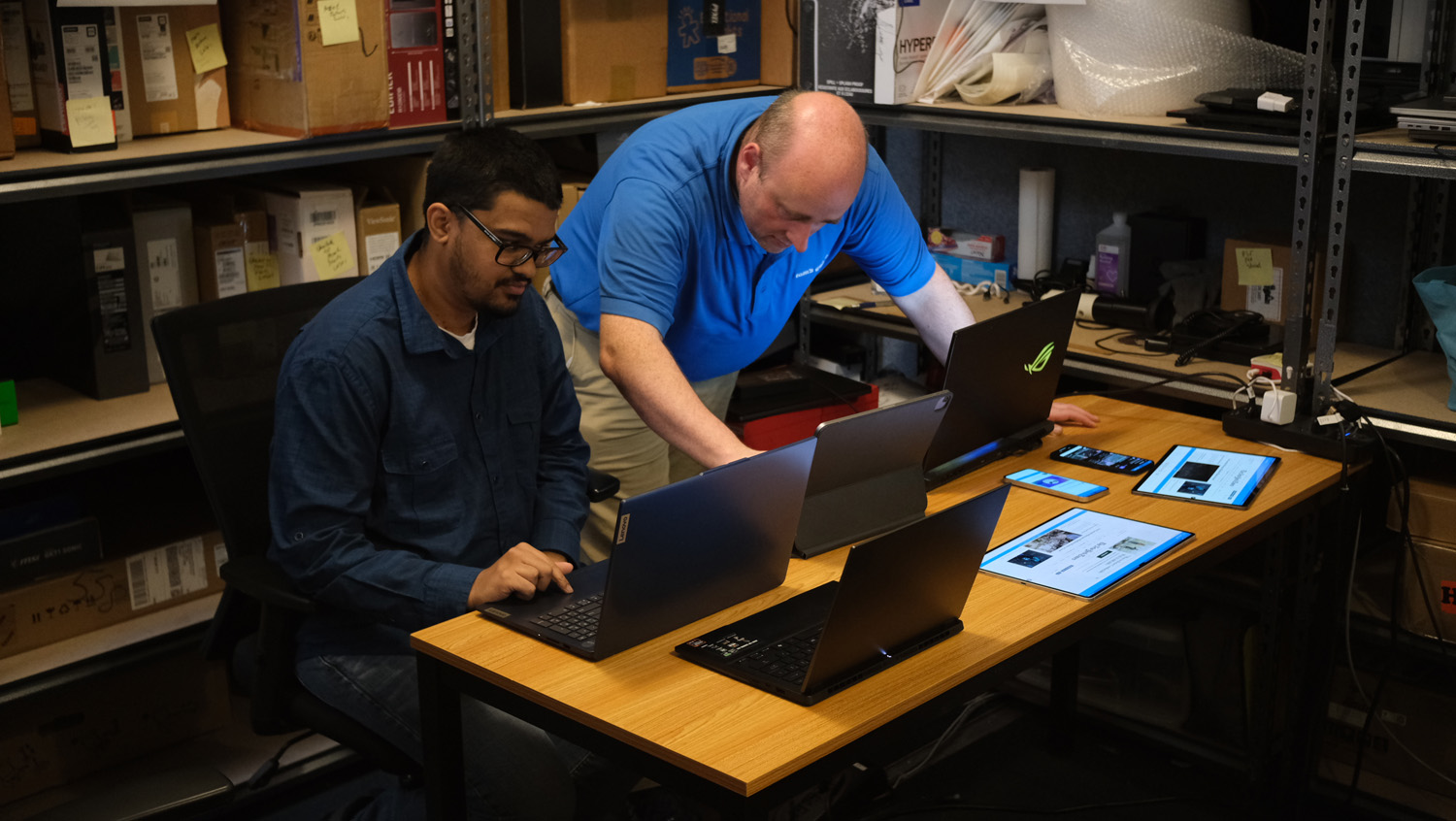
We put each laptop through extensive benchmark testing—both synthetic and real-world—before we send it to our reviewers. We evaluate each aspect of the laptop, including its performance, battery life, display, speakers, and heat management.
In our benchmark testing, we use a Klein K10 colorimeter to detect the laptop's display's brightness and DCI-P3 color gamut. For performance testing, we run the computer through a gauntlet of benchmarks, including Geekbench 6 and 3DMark professional graphics tests.
To determine real-world performance, we task the laptop to convert a 4K video to 1080p resolution and duplicate a 425GB multimedia file. Our real-world graphics test is Sid Meier's Civilization 6 Gathering Storm benchmark with medium settings at 1080p resolution. For gaming laptops, we test Red Dead Redemption 2, Assassin's Creed Mirage, Shadow of the Tomb Raider, Borderlands 3, Far Cry 6, and others.
We also run heat tests by playing a 15-minute full-screen video and measuring temperatures in different areas of the laptop. Last but not least, our battery test consists of continuous web surfing over Wi-Fi at 150 nits of brightness. For MacBooks and premium Windows 11 laptops, a runtime of over nine hours is considered a good result, whereas gaming laptops and workstations that can stay powered longer than five hours deserve praise.
We complement these tests with extensive hands-on testing from our reviewers, who critique everything from the laptop's materials to the feel of its touchpad.
See this page on How We Test Laptops for more details on our benchmarking procedures.
Why trust Laptop Mag
Laptop Mag reviews over a hundred laptops yearly, from paperweight ultralights to everyday workhorses to lumbering gaming notebooks that scorch the frame rates of even the hottest AAA games. We're not just experts in the laptop field, as we go one step further by meticulously testing smartphones, tablets, headphones, PC accessories, software, and even the latest in gaming.
We are 100% independent and have decades of experience to help you buy with confidence. In fact, Laptop Mag has been testing and reviewing products for three decades and continues to deliver trustworthy reviews you can rely on.
Our experienced team of writers and editors scour the available information about the laptop and put it through its paces to determine which is best for you. But before they start, the testing team subjects each system to a rigorous regimen of synthetic and real-world tests to see how a system handles the type of work and games you’re most likely to throw at it.
One of the world's largest technology publishers, Future Publishing, enforces our editorial trustworthiness. As a company, we have unrivaled experience across every tech sector — and we're the group's specialist for all things mobile tech.
Stay in the know with Laptop Mag
Get our in-depth reviews, helpful tips, great deals, and the biggest news stories delivered to your inbox.

Joanna Nelius is a contributing writer to Laptop Mag. She has reported on and reviewed laptops for The Verge, Gizmodo, PC Gamer, and USA Today.
